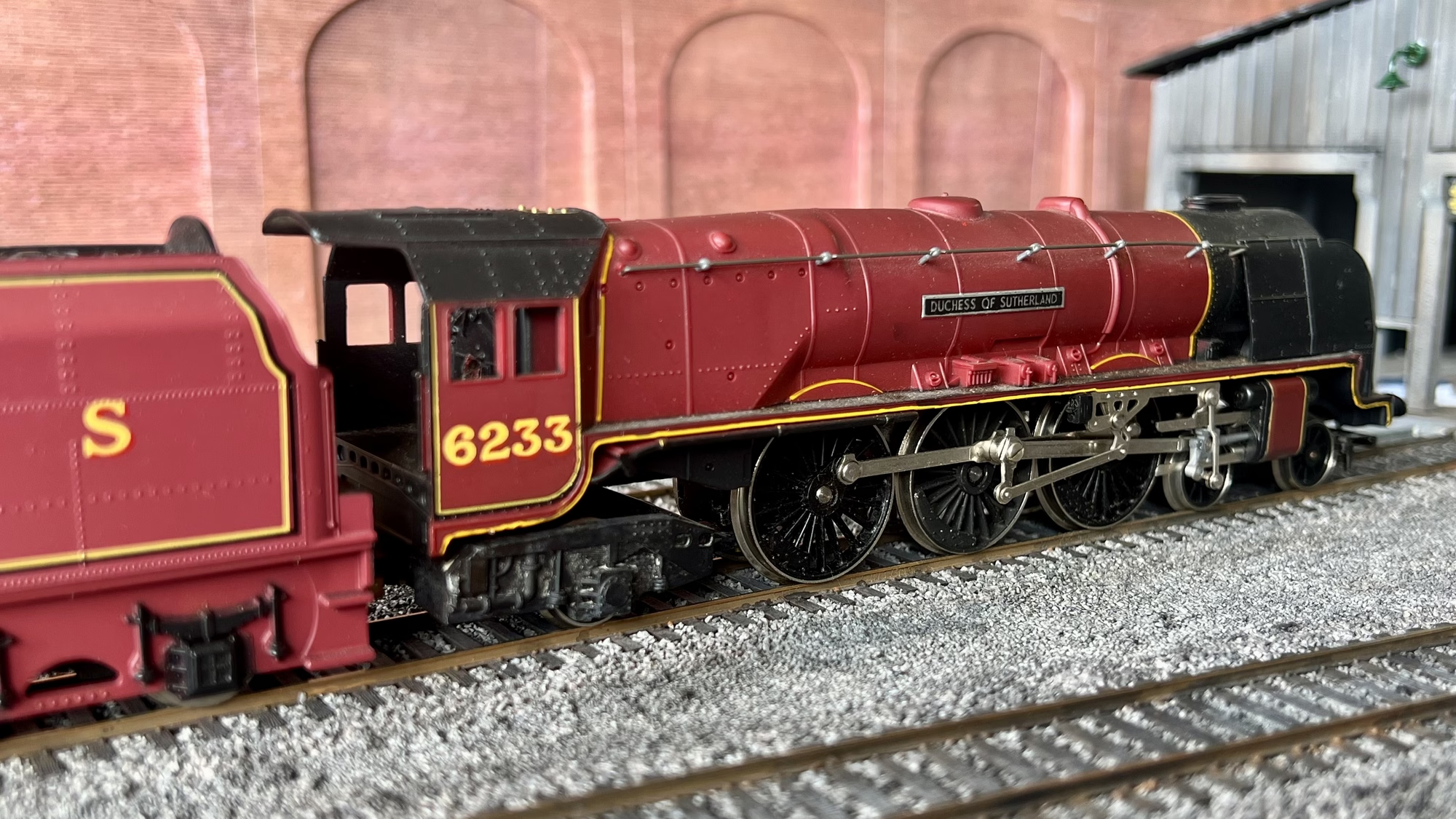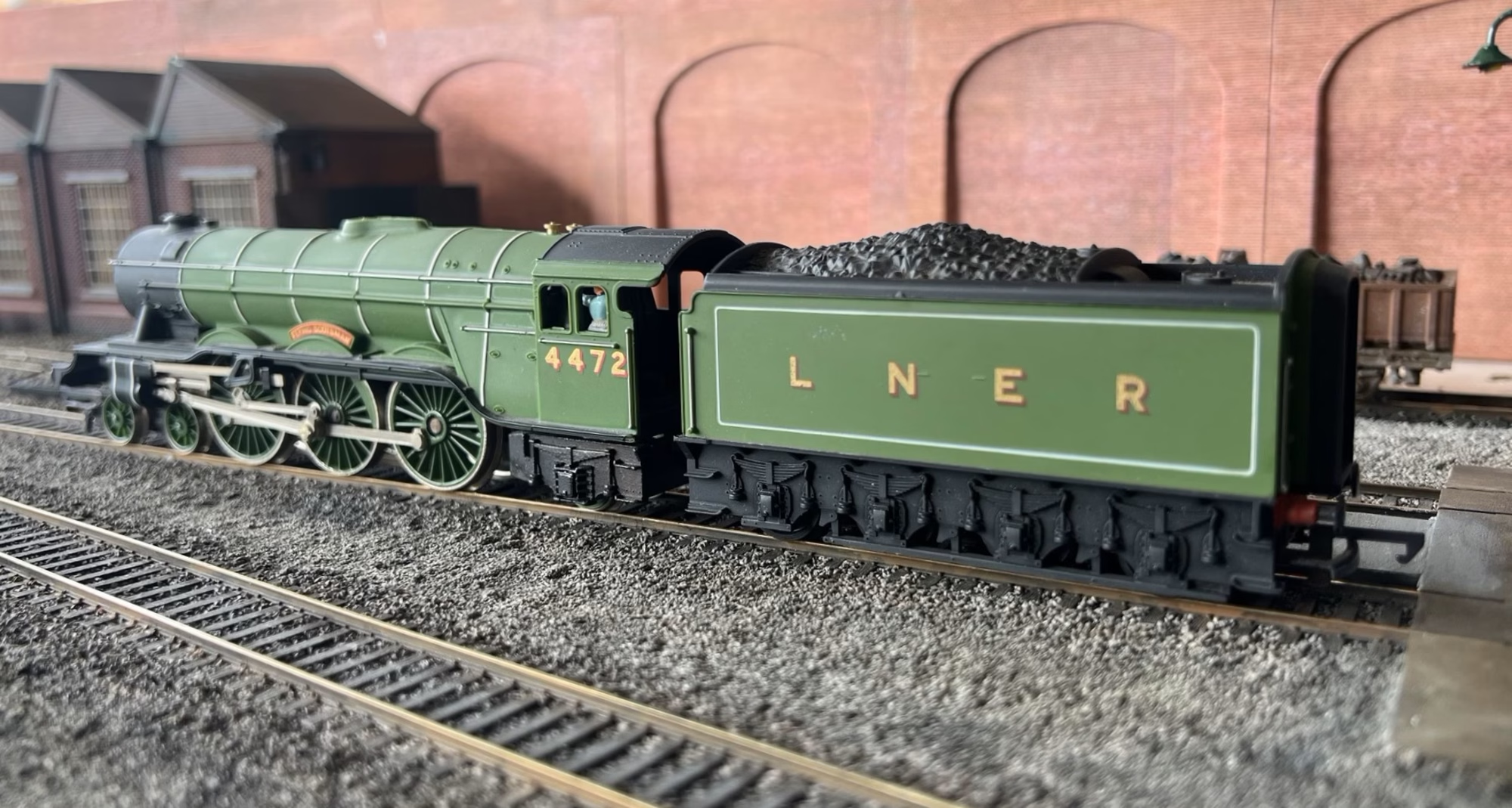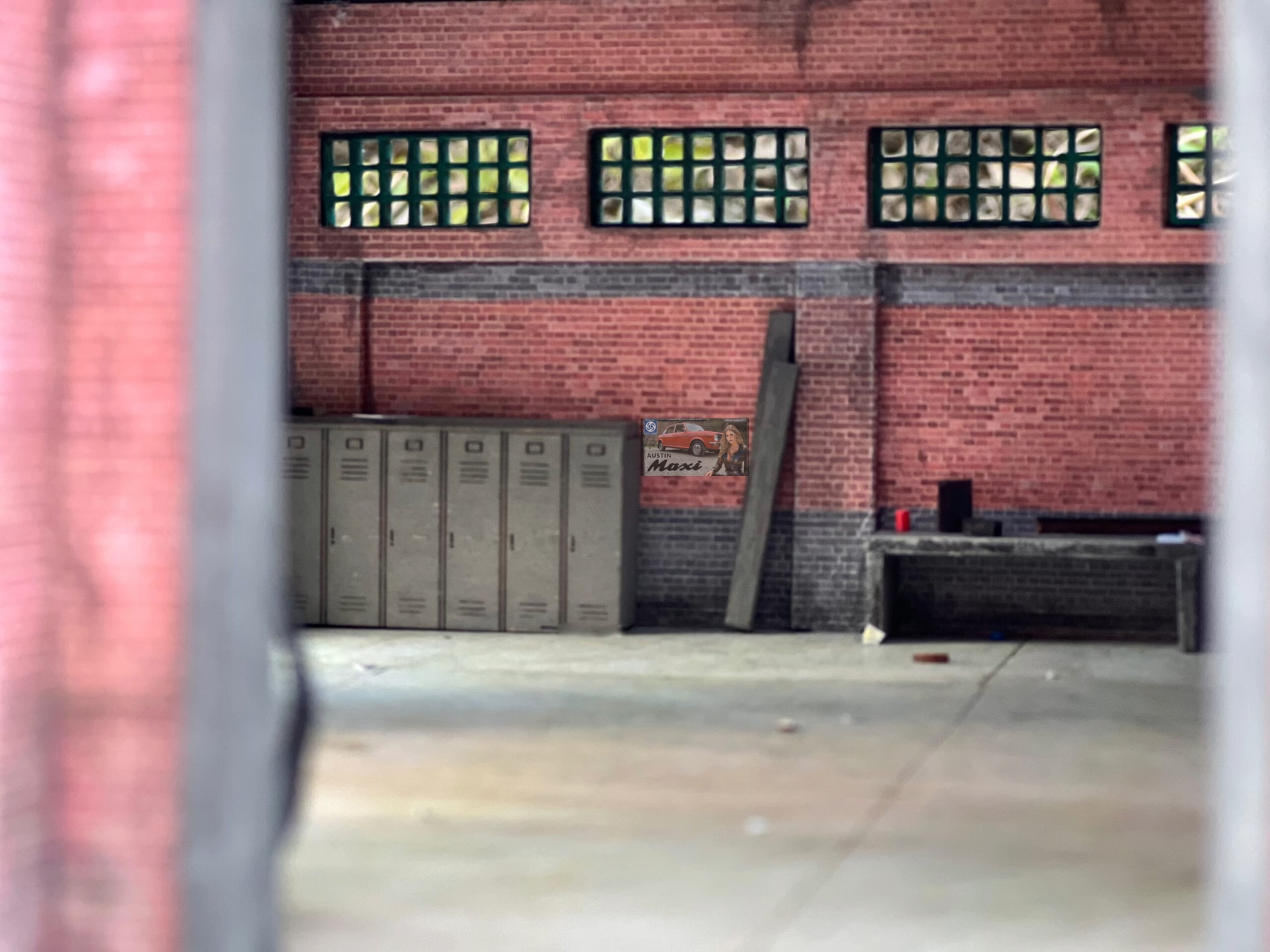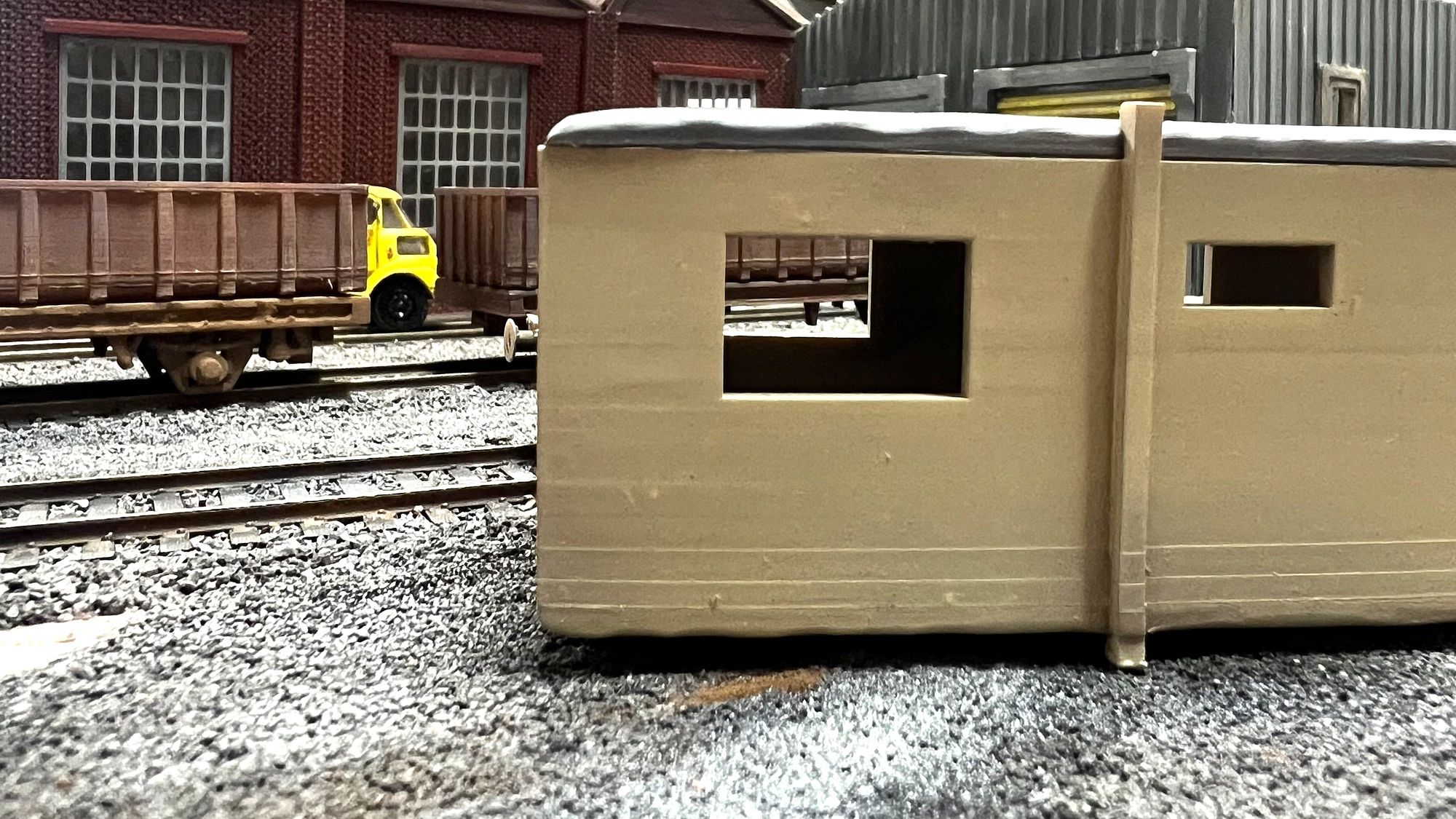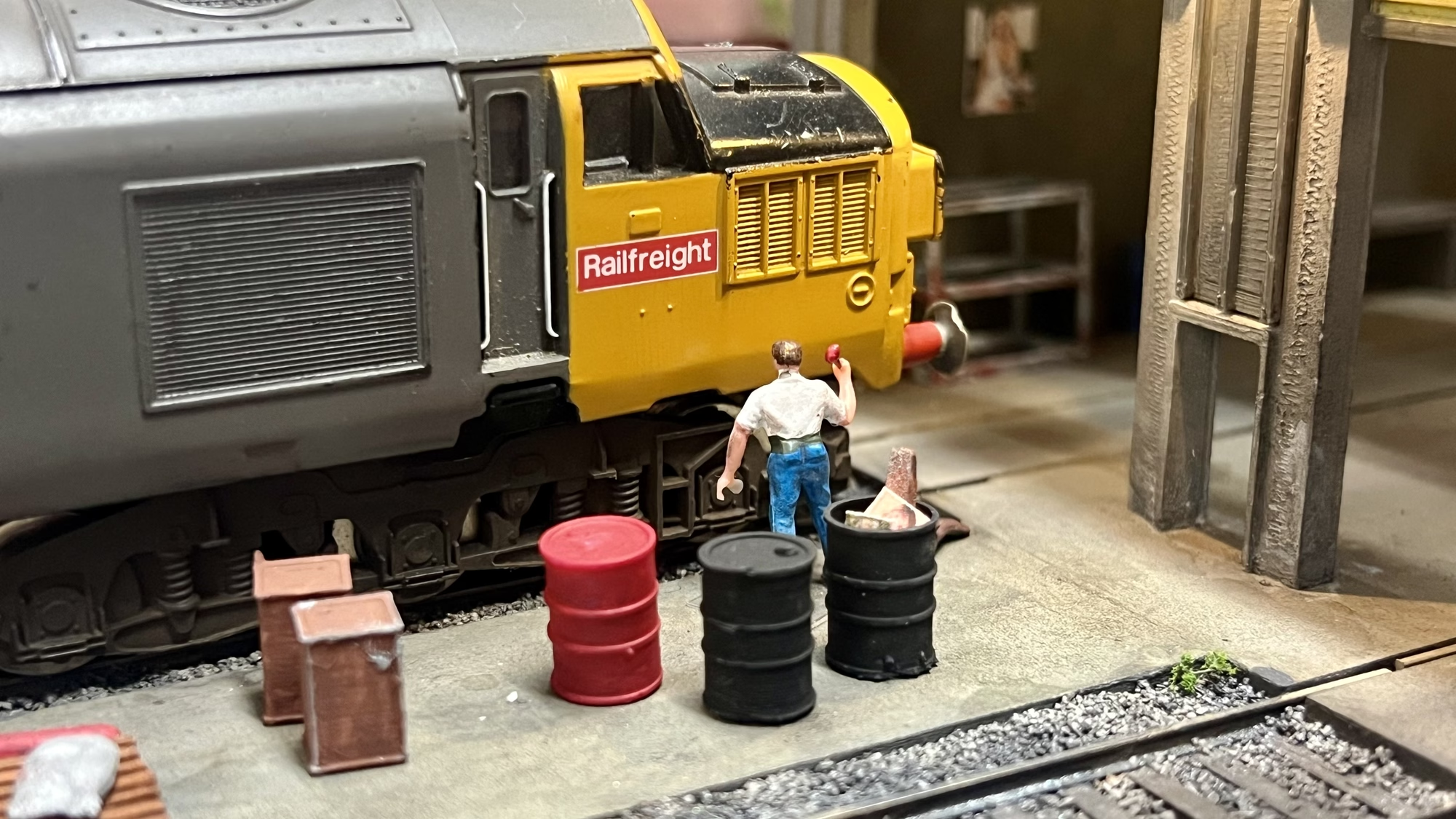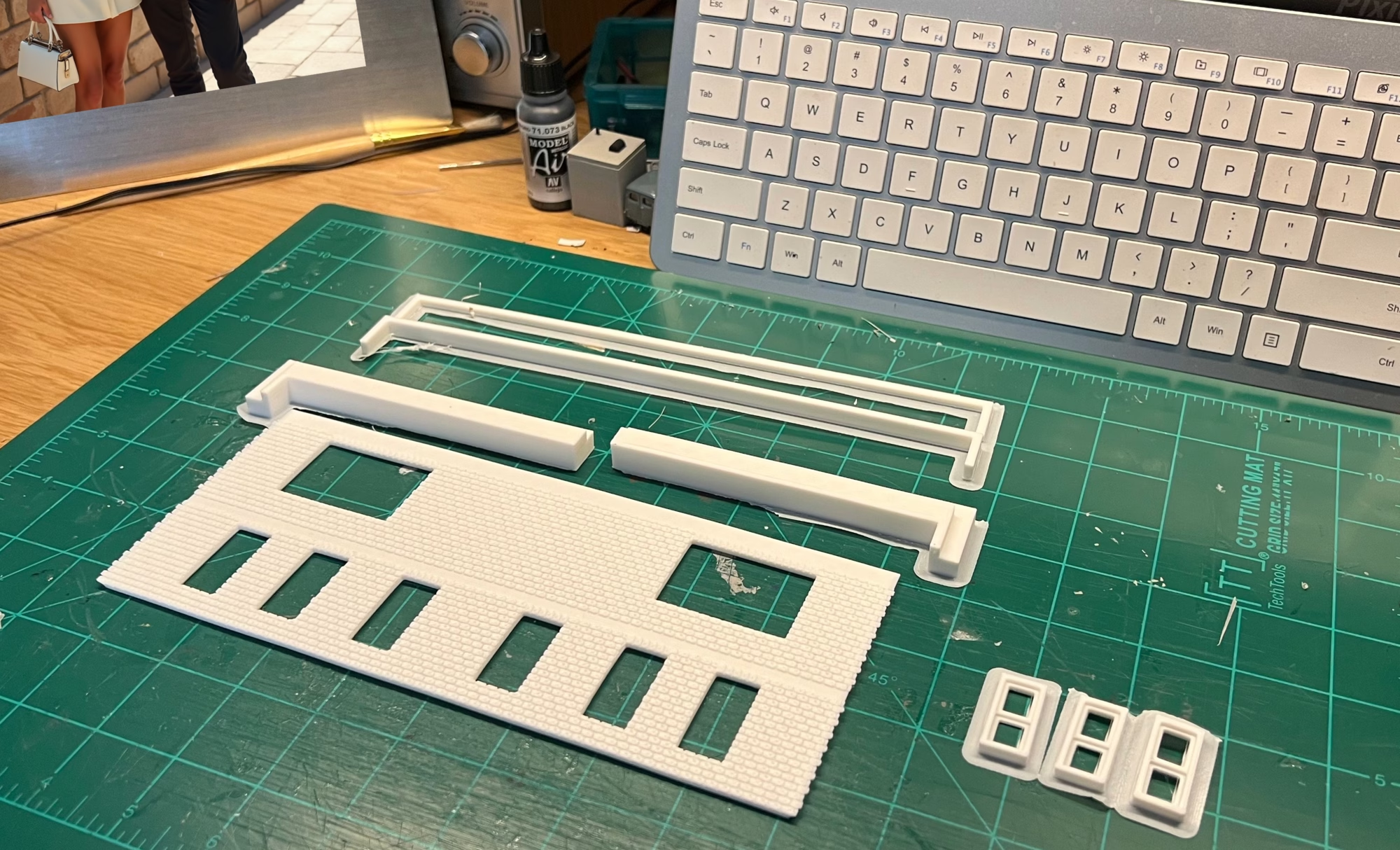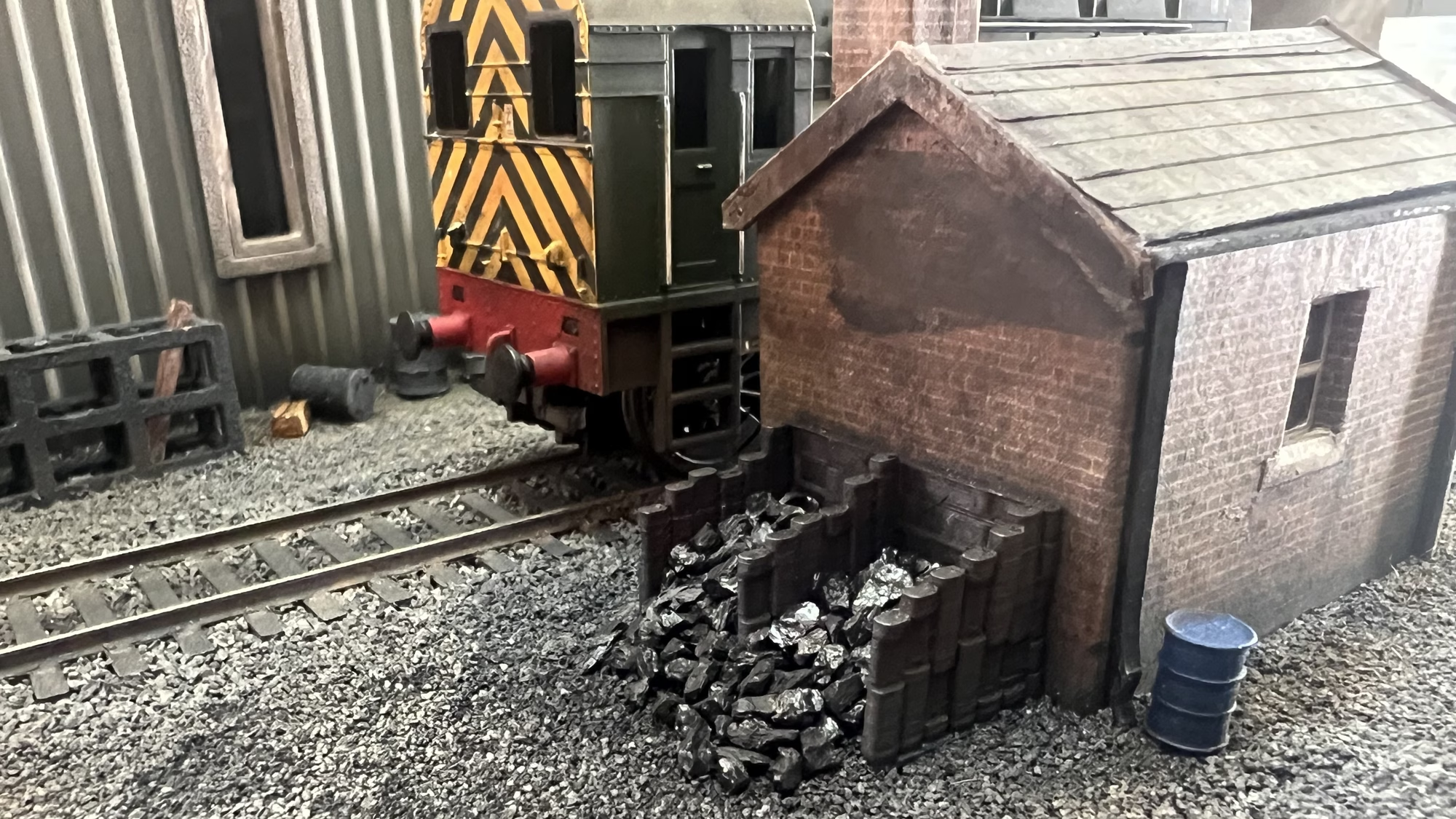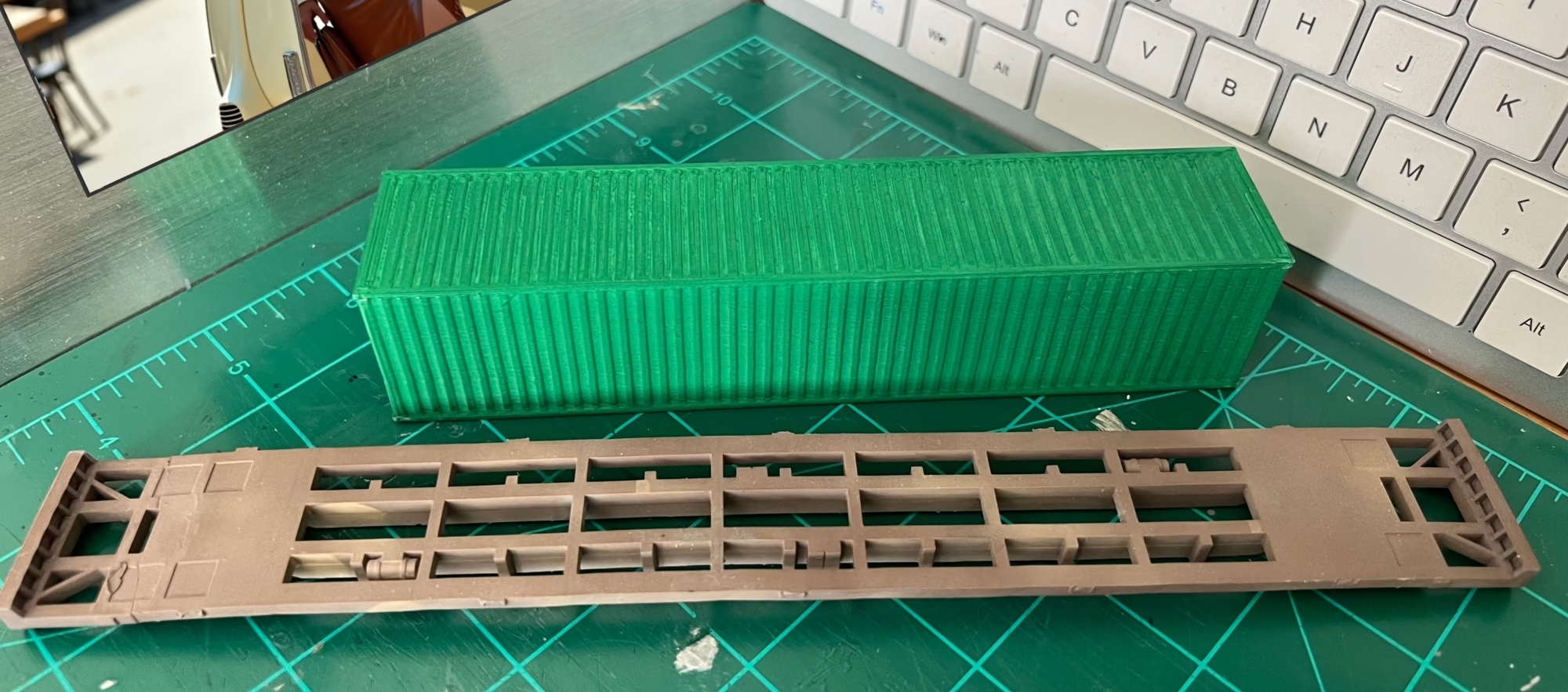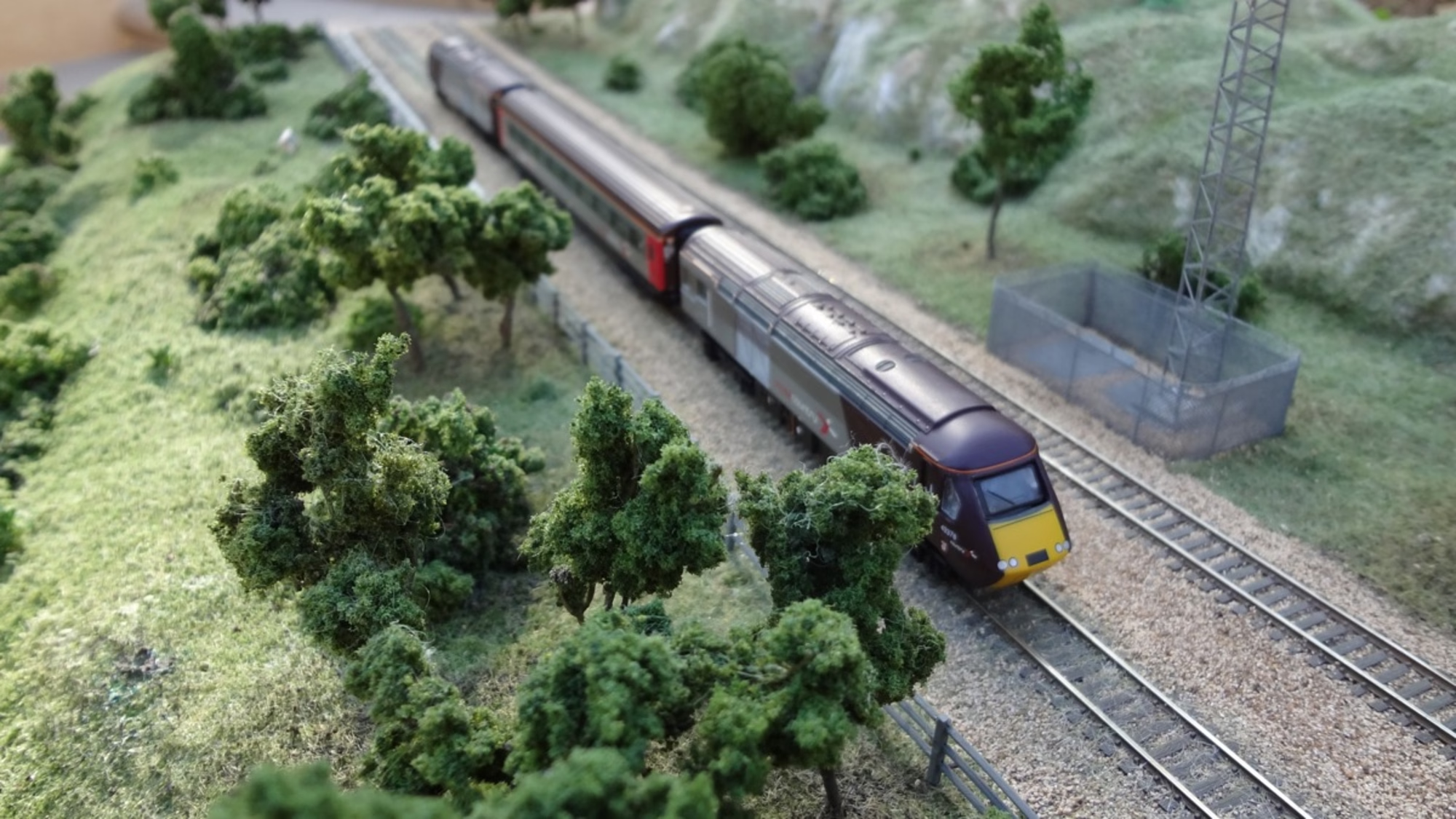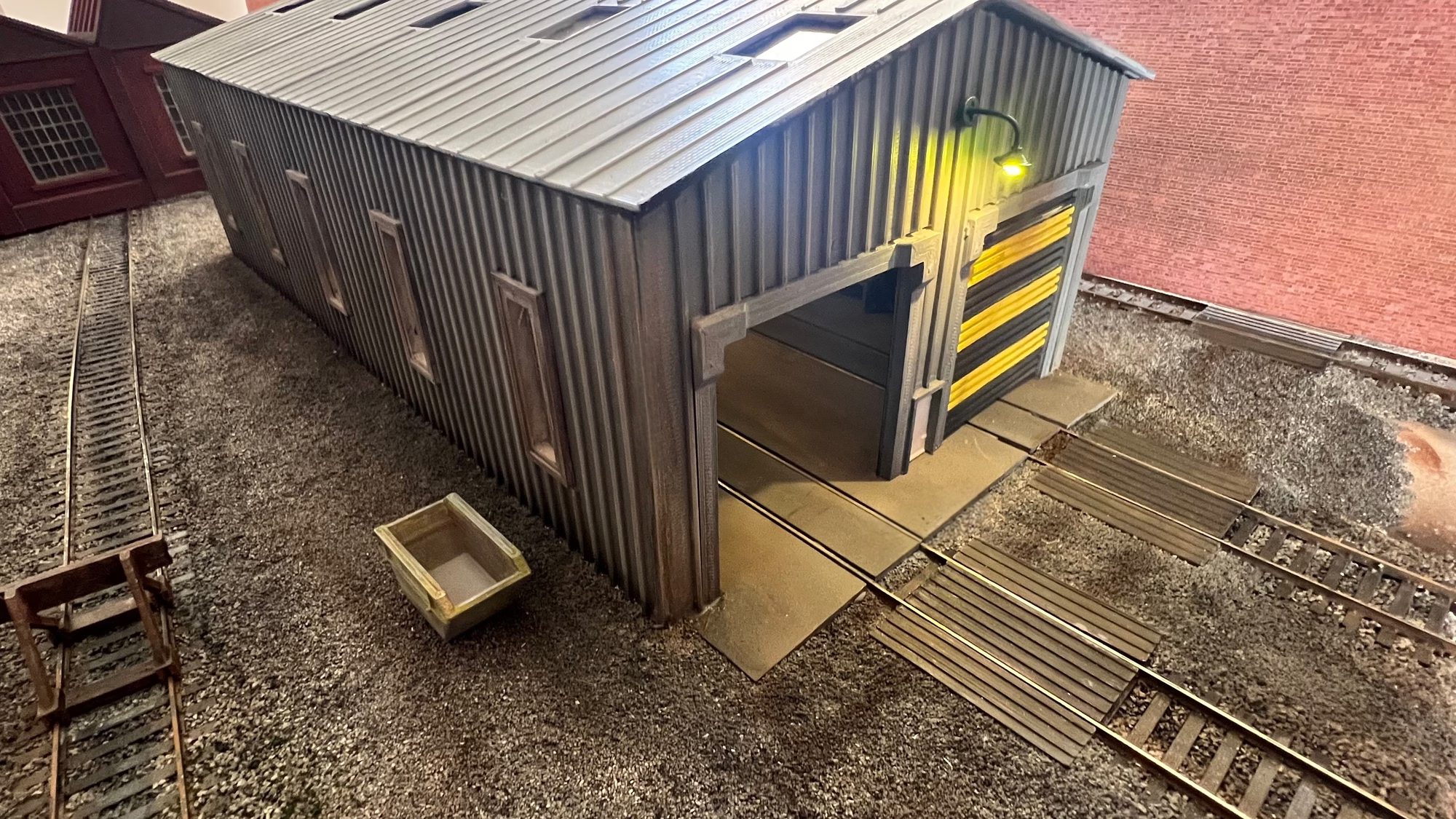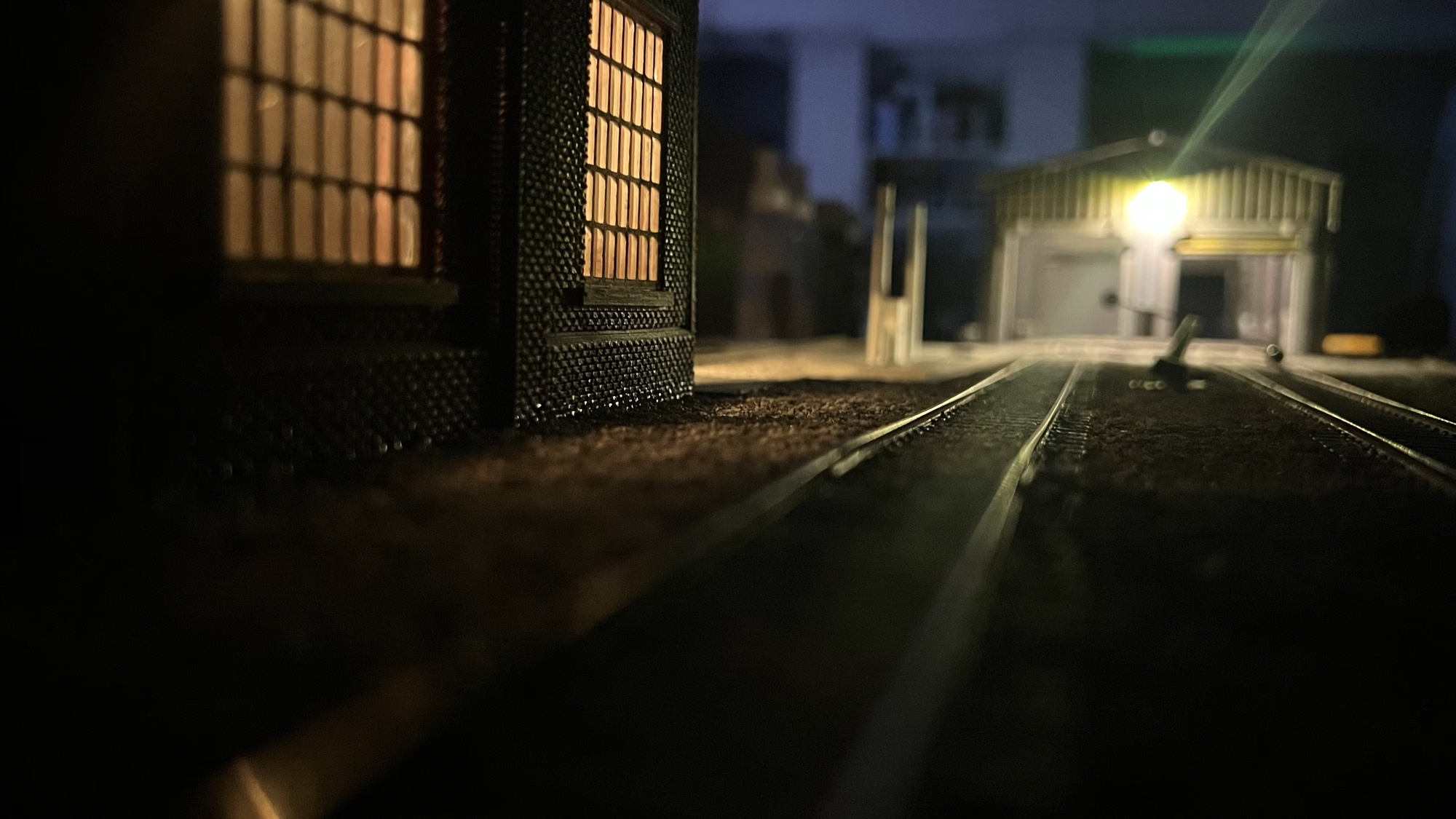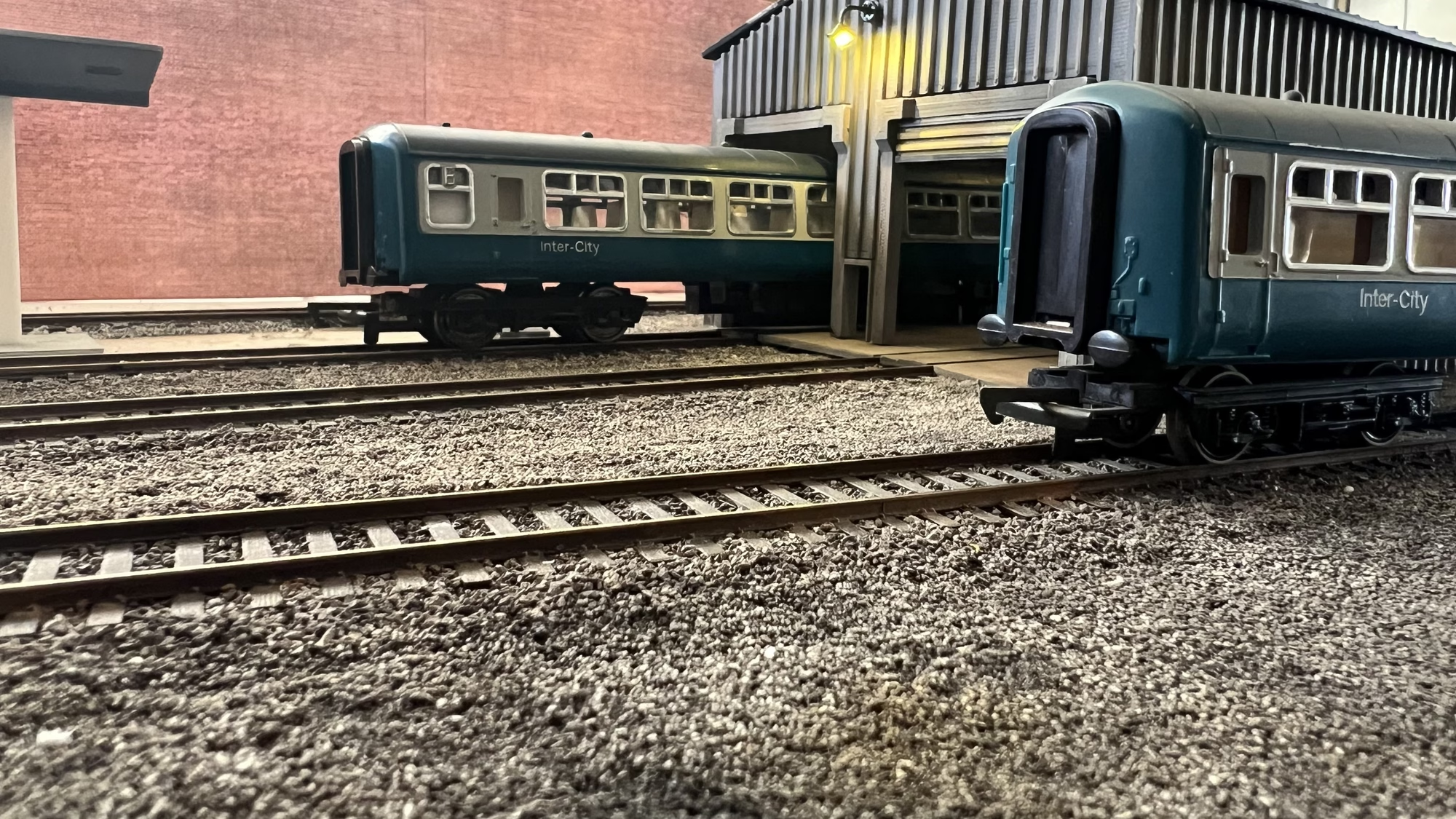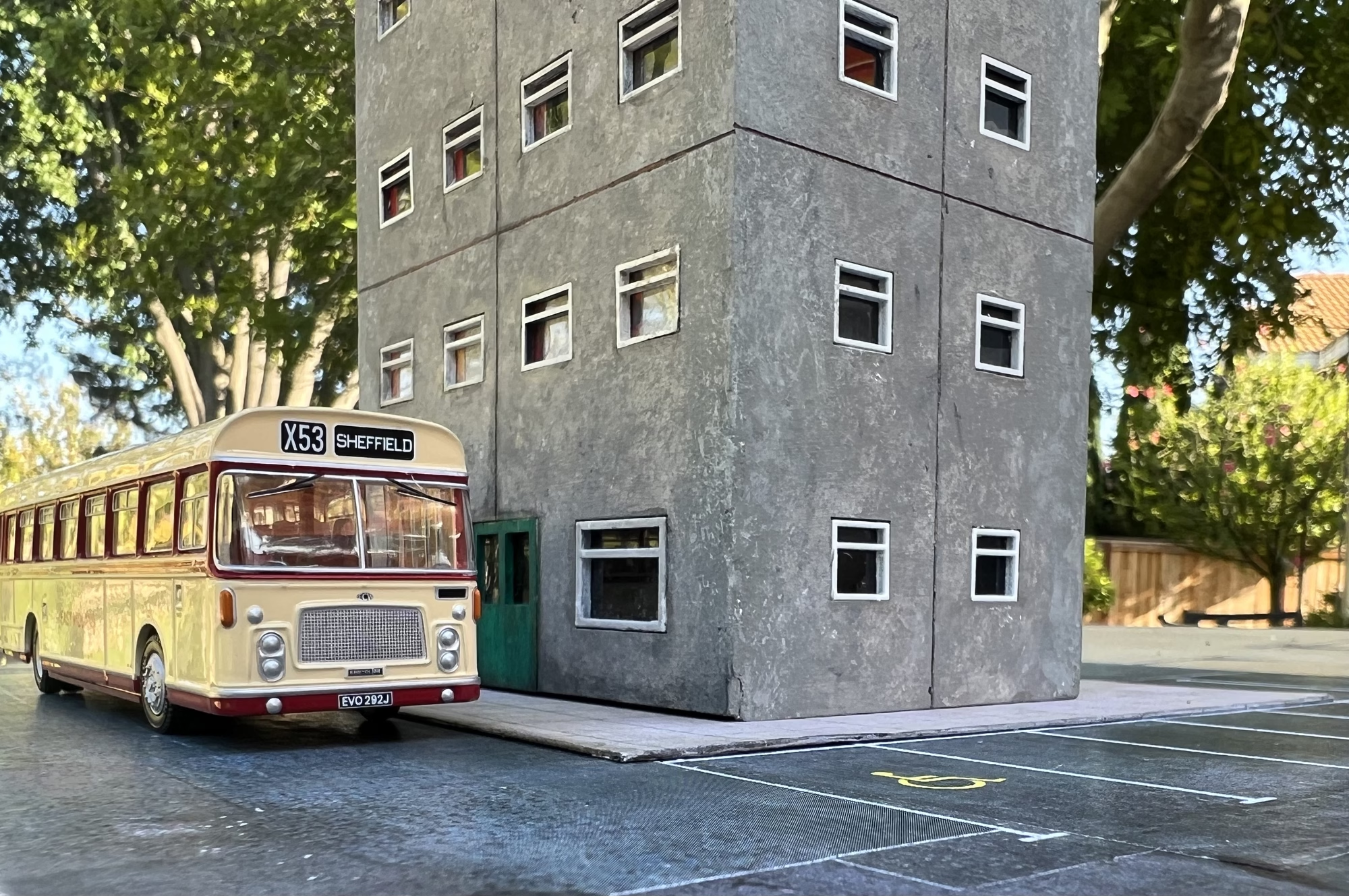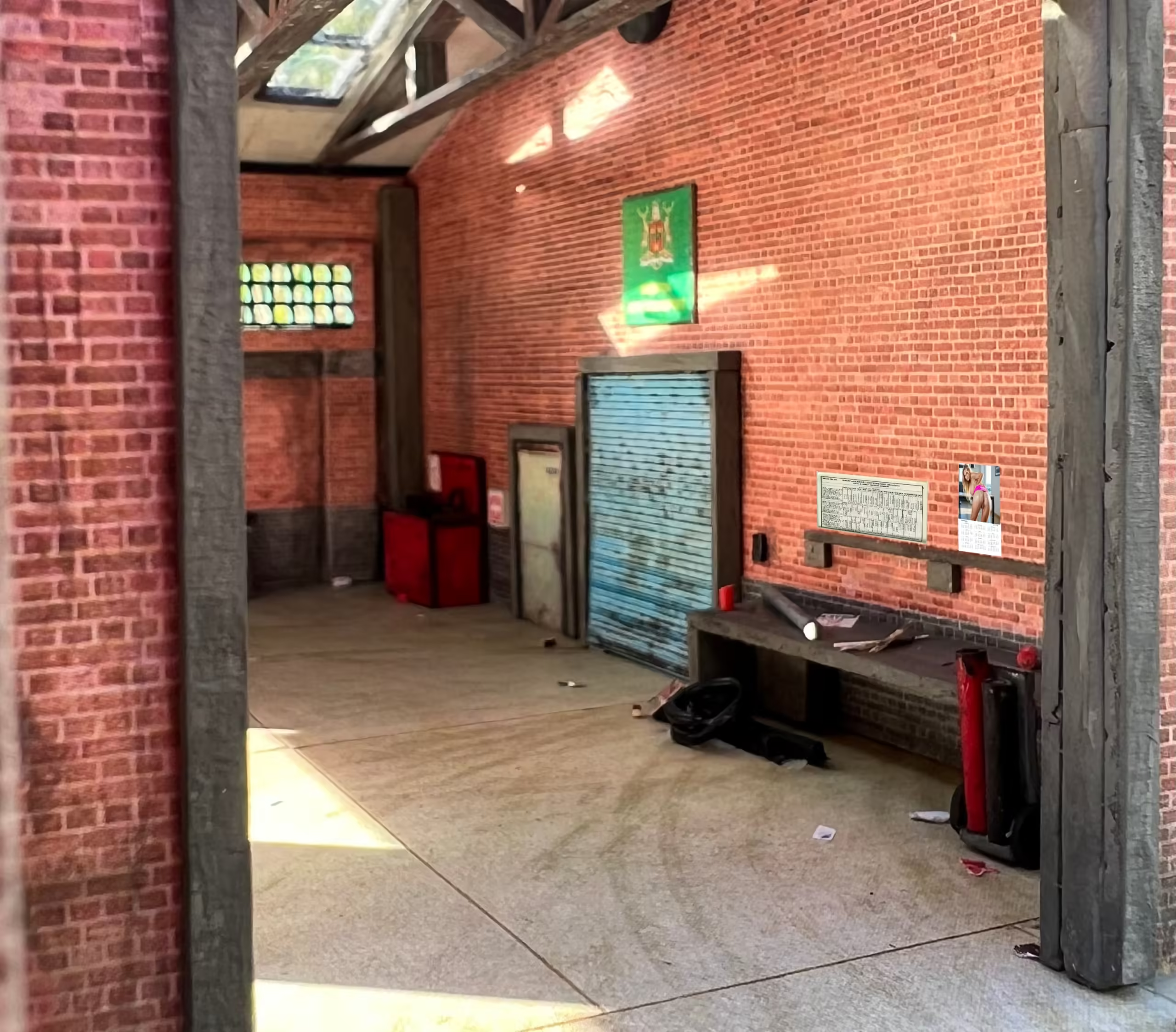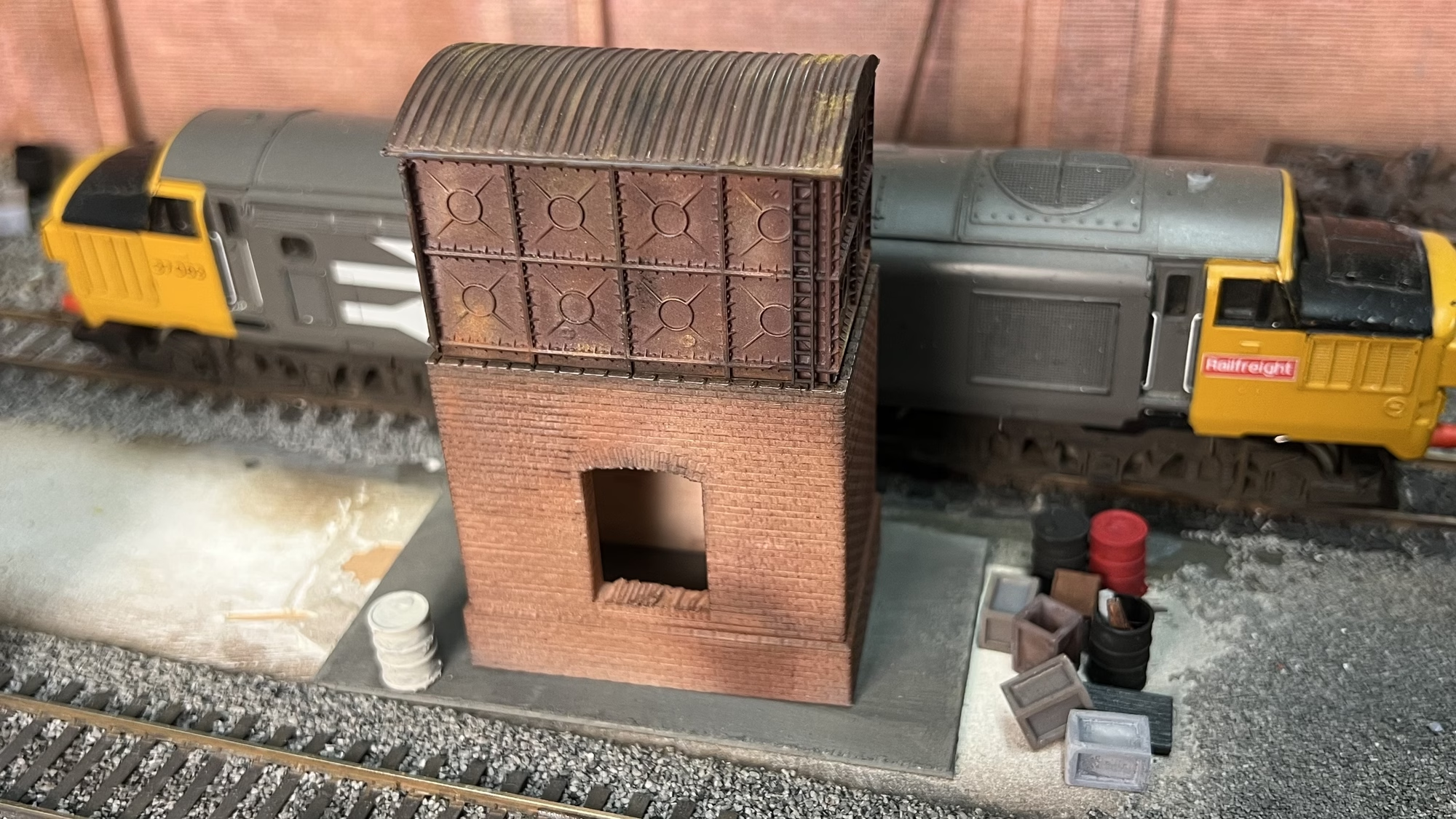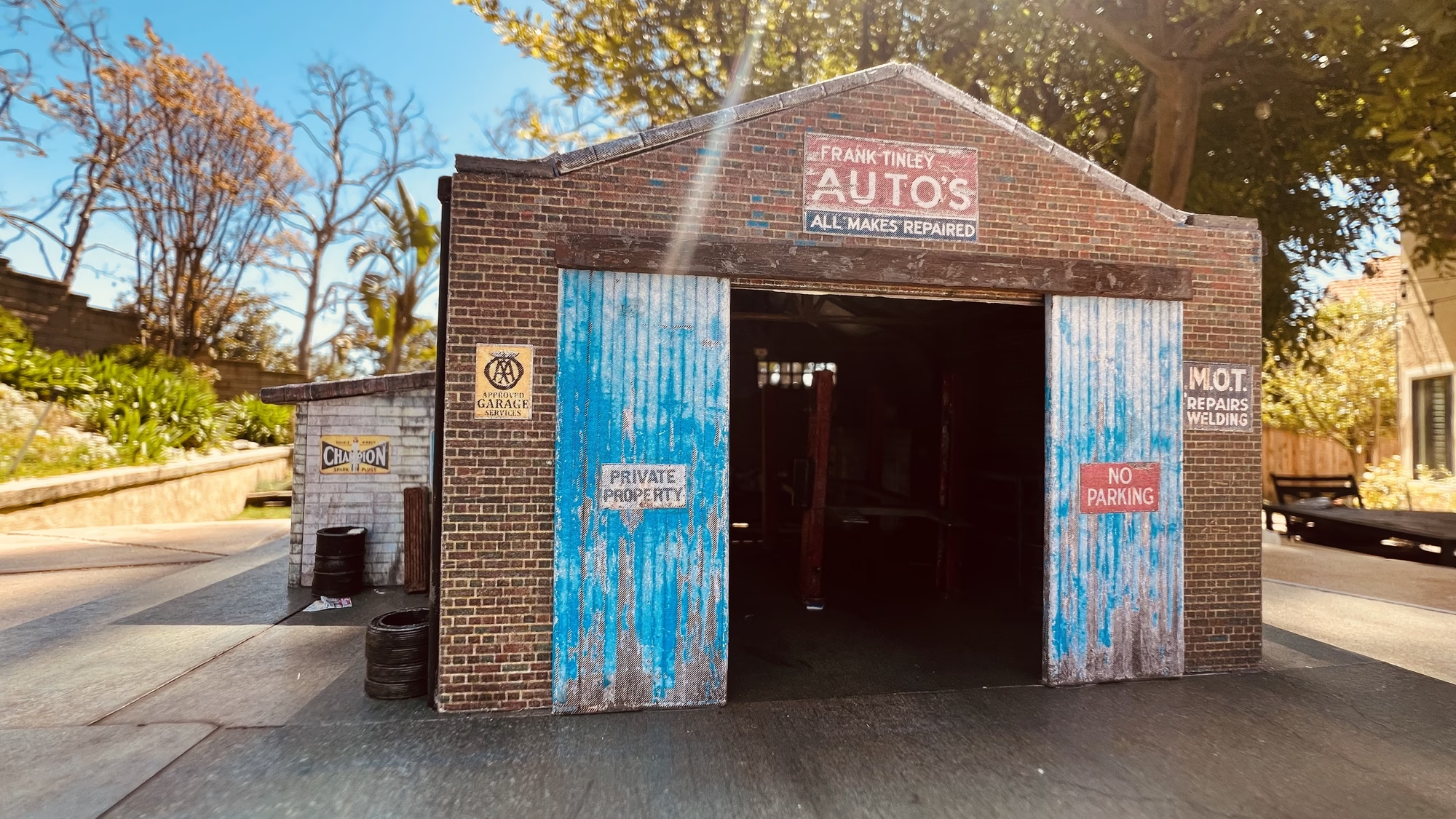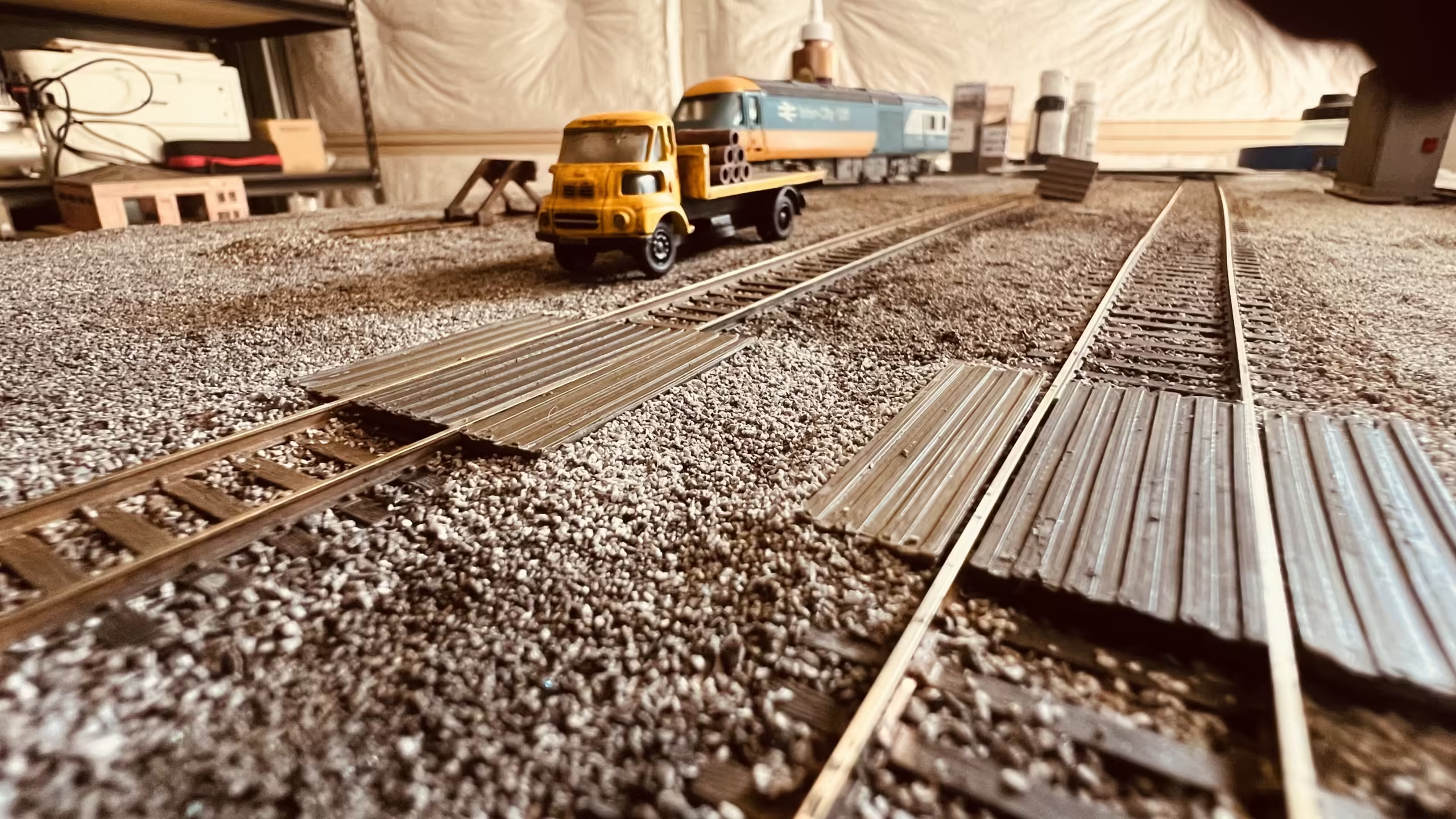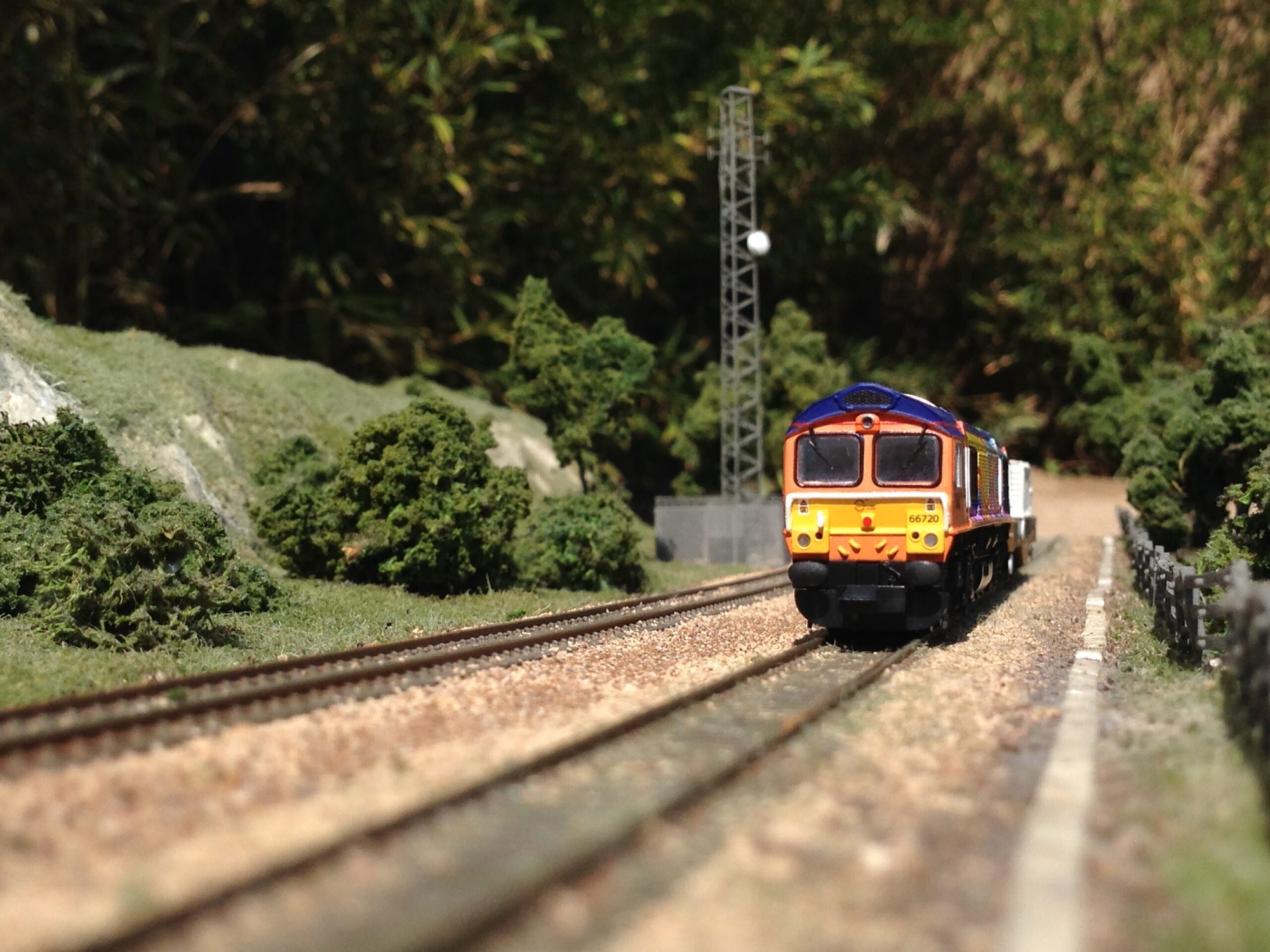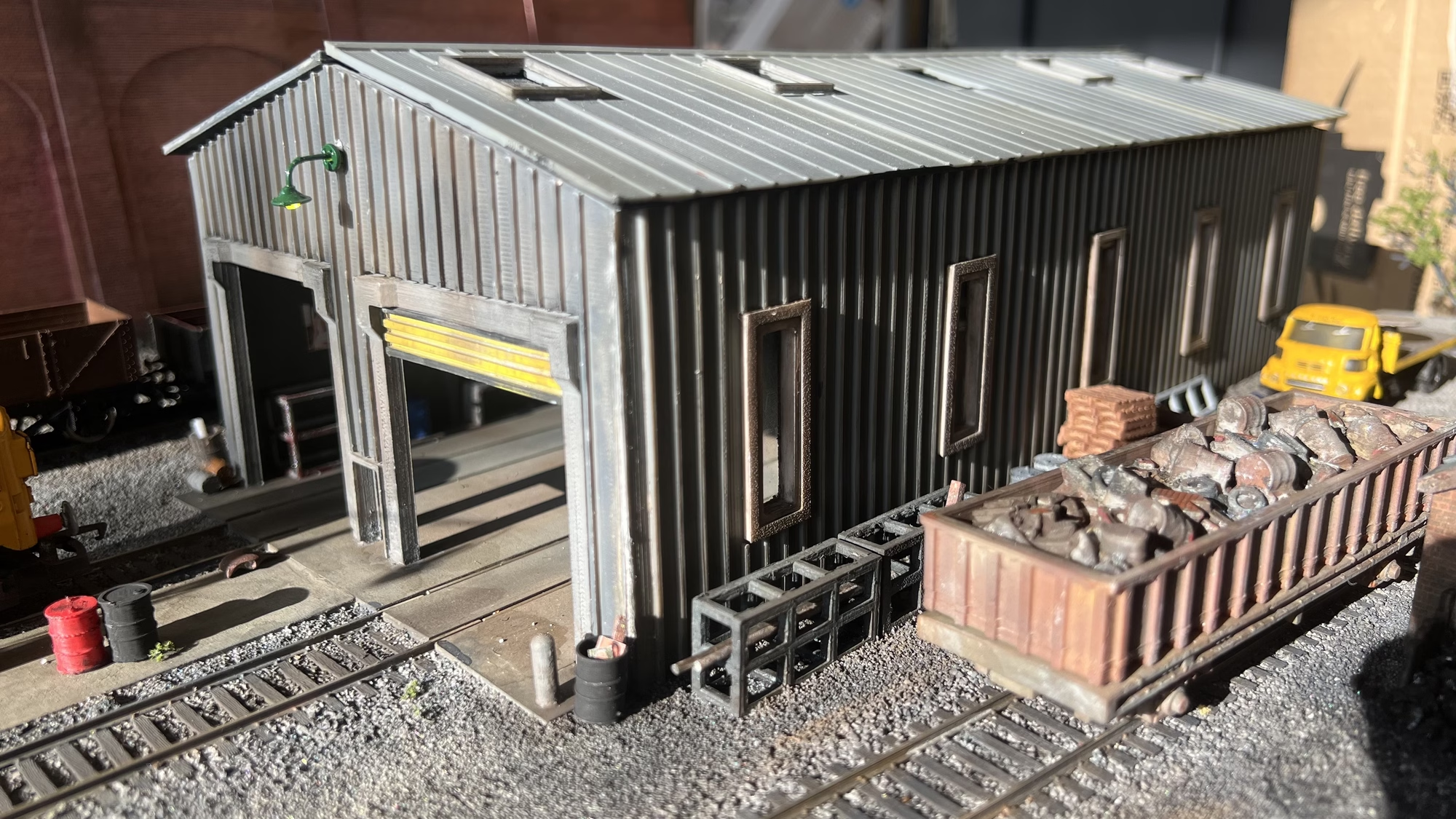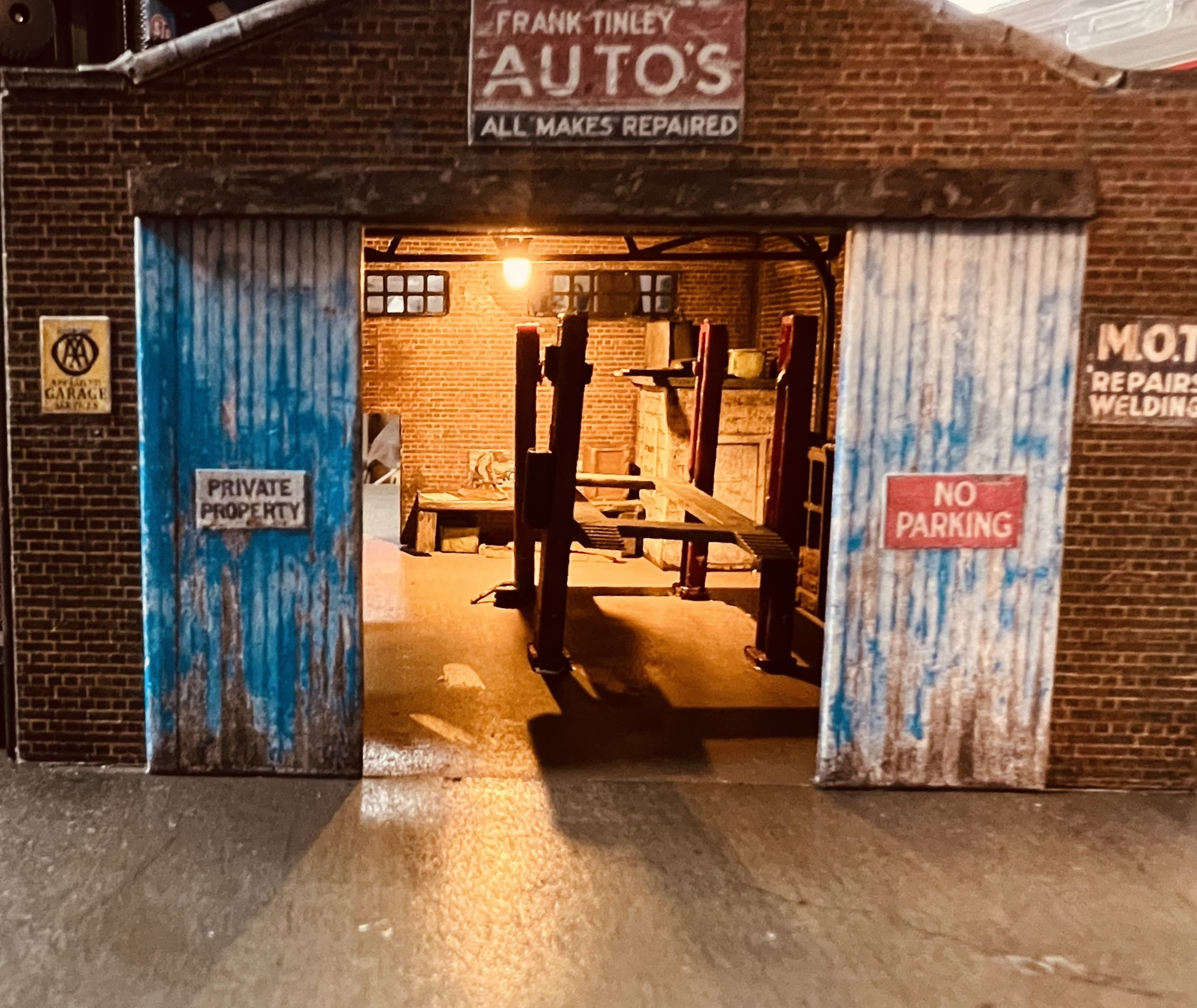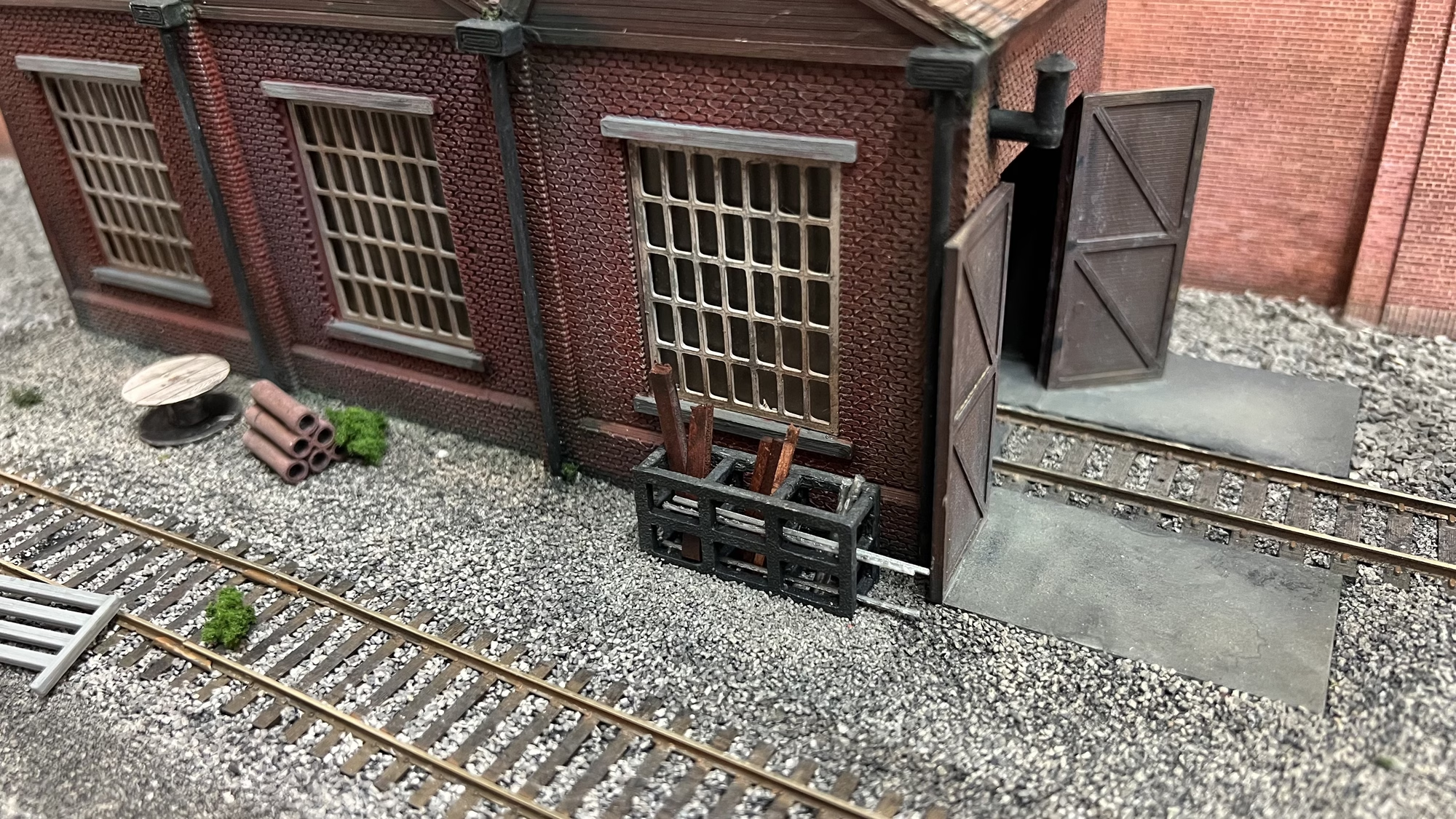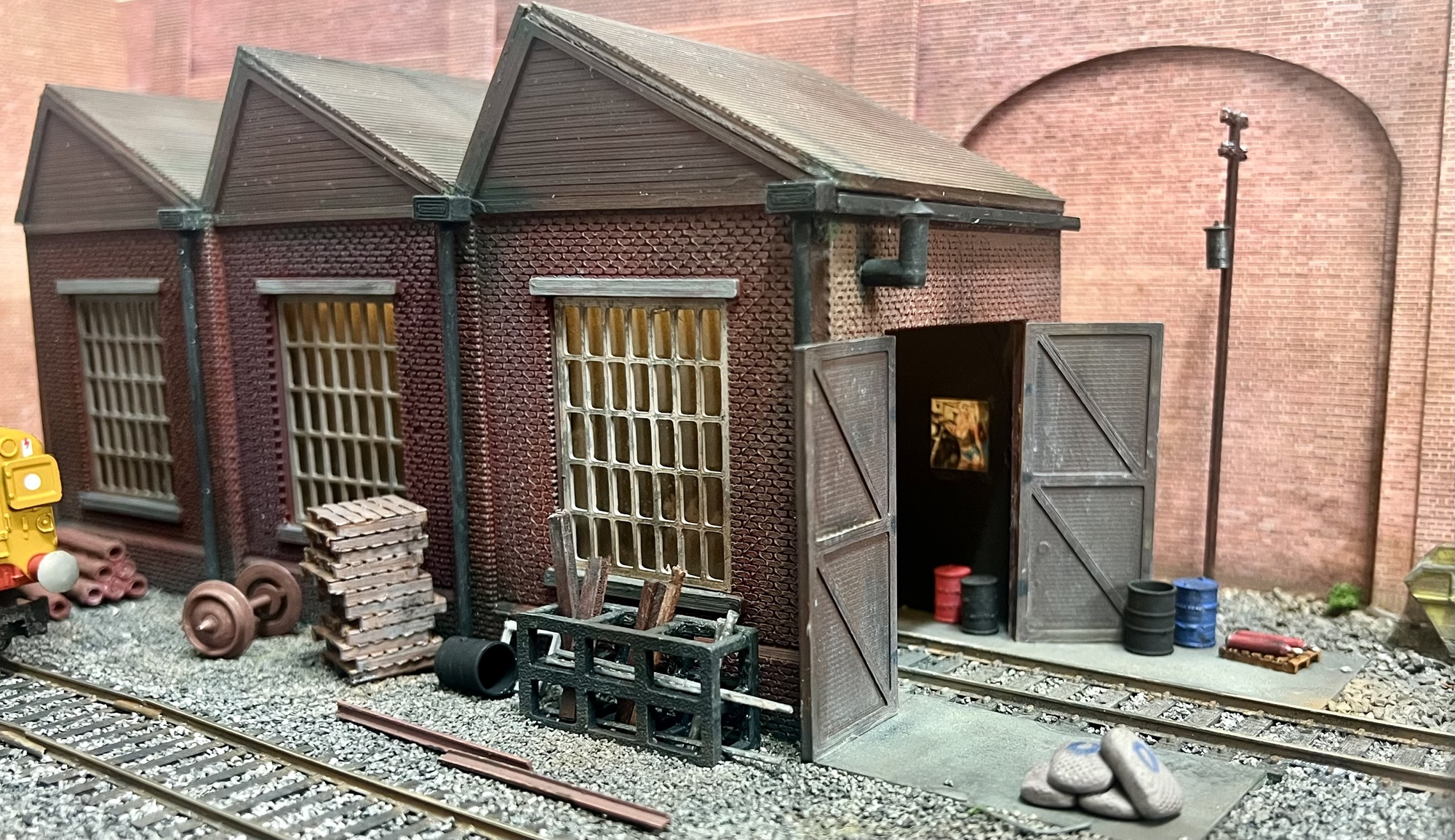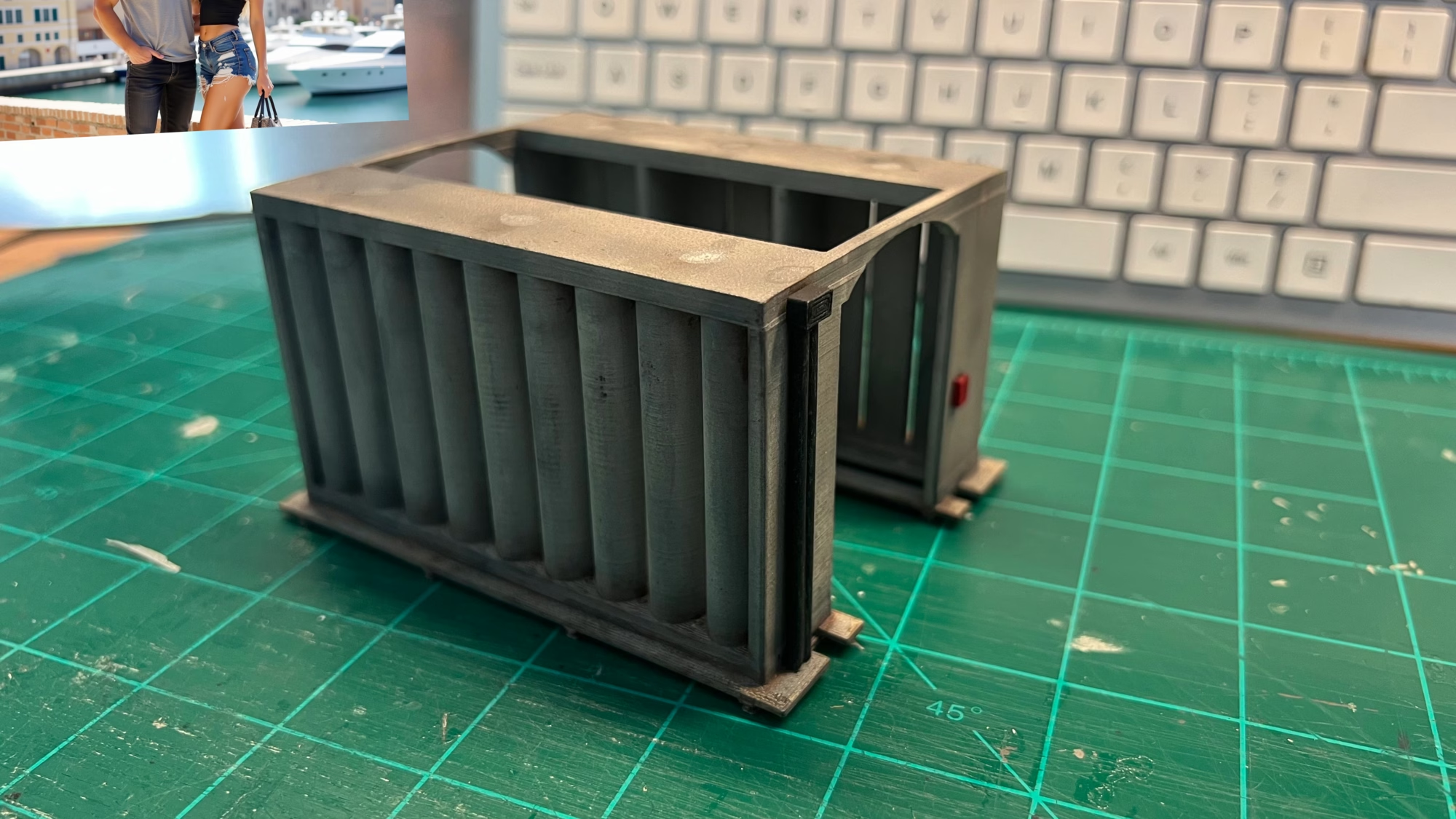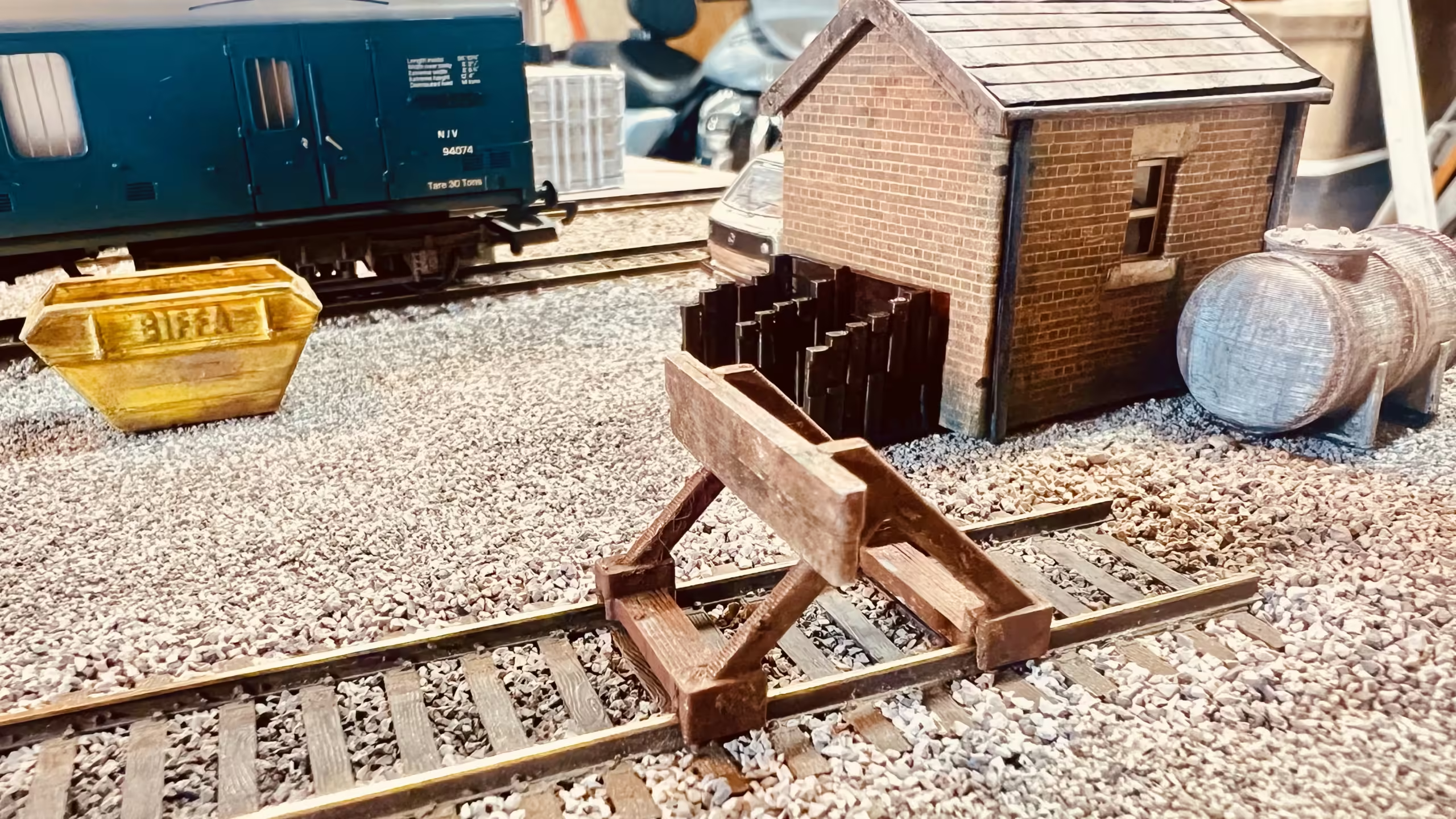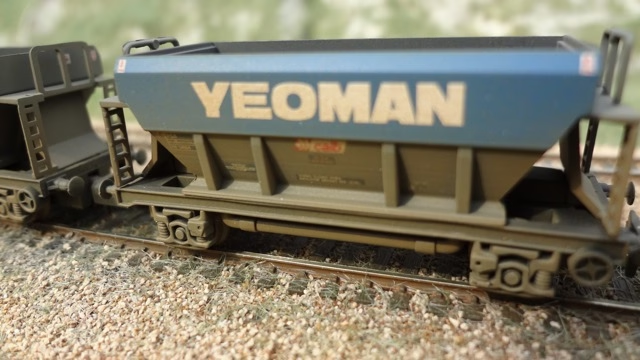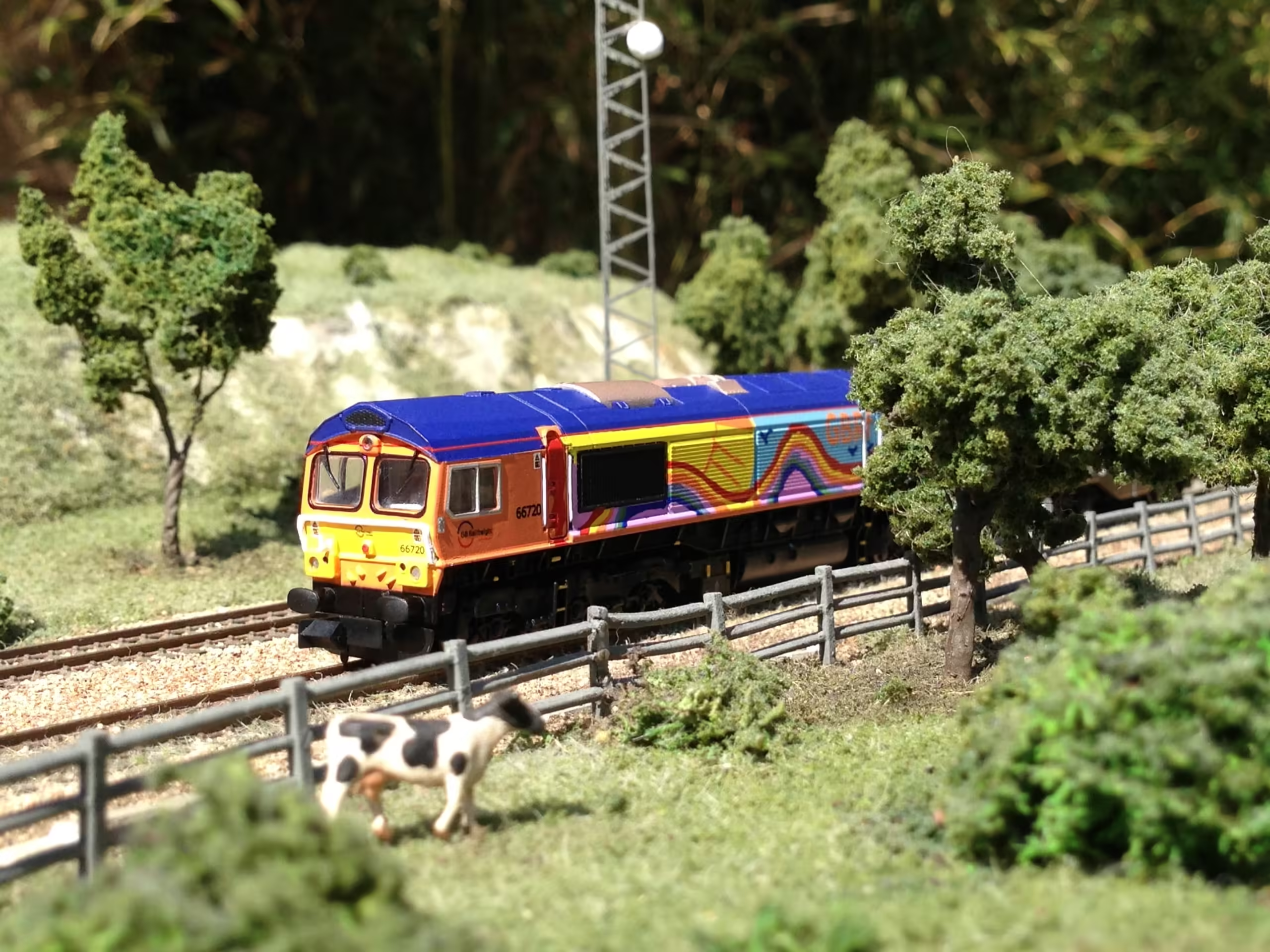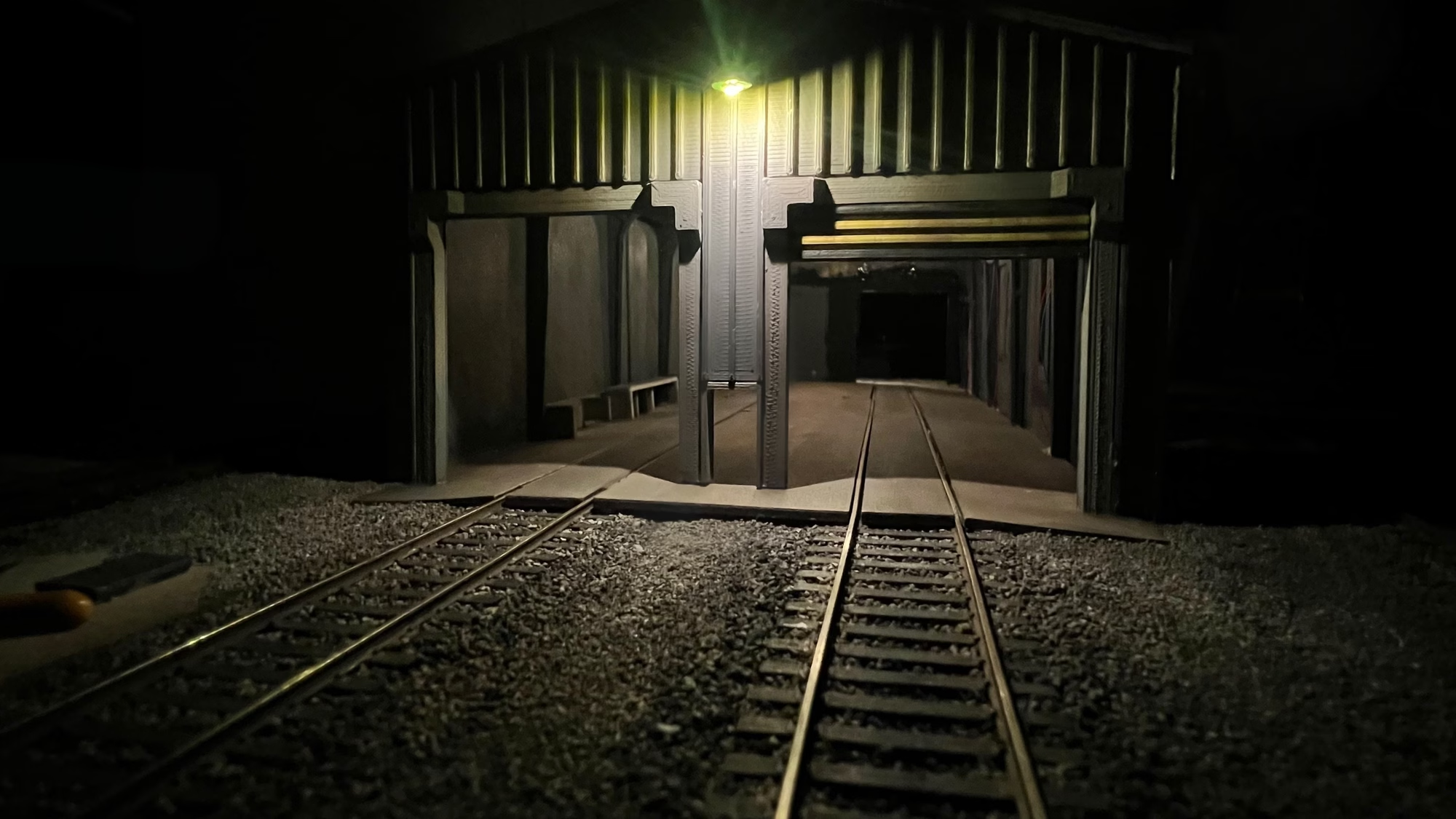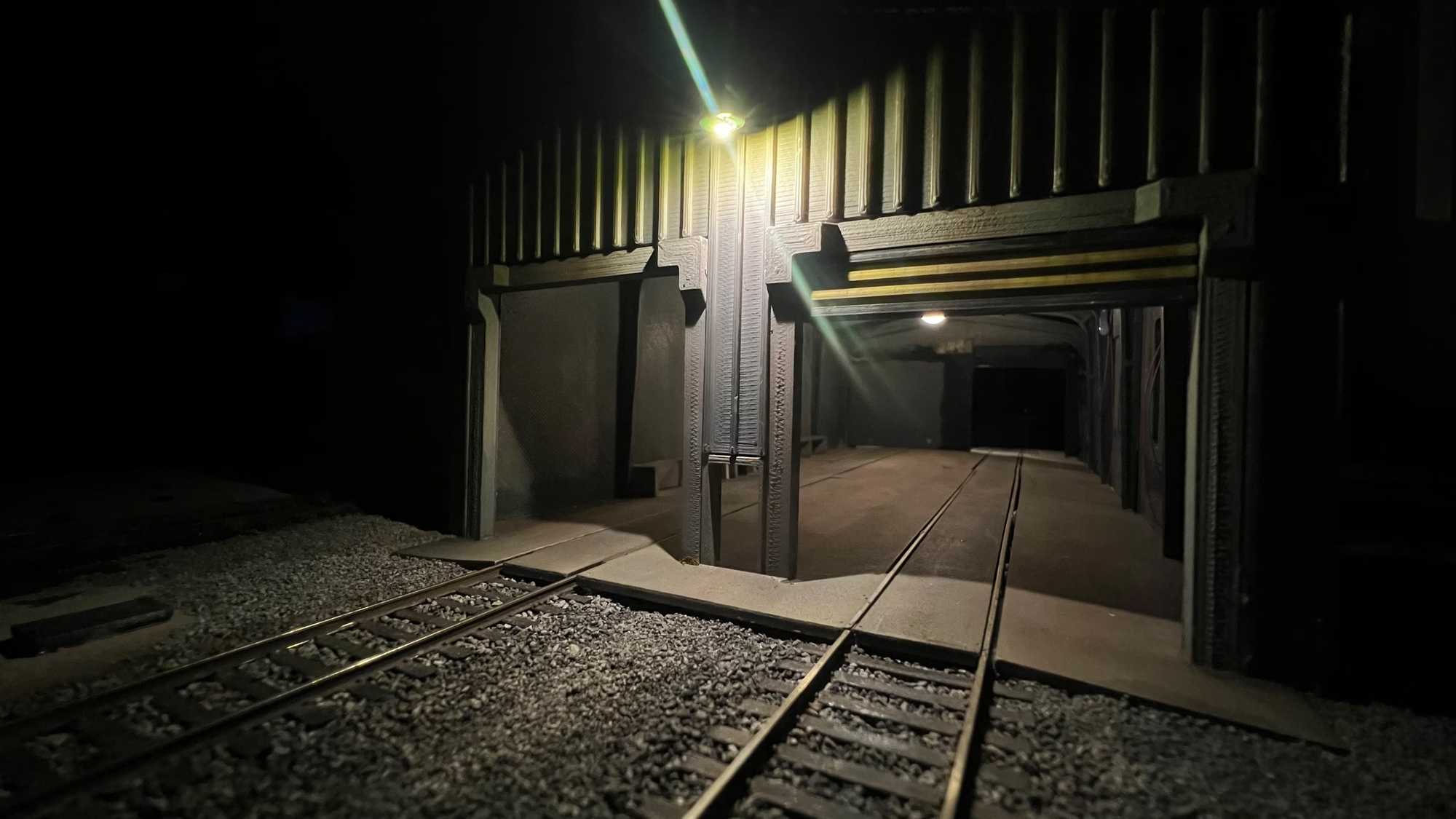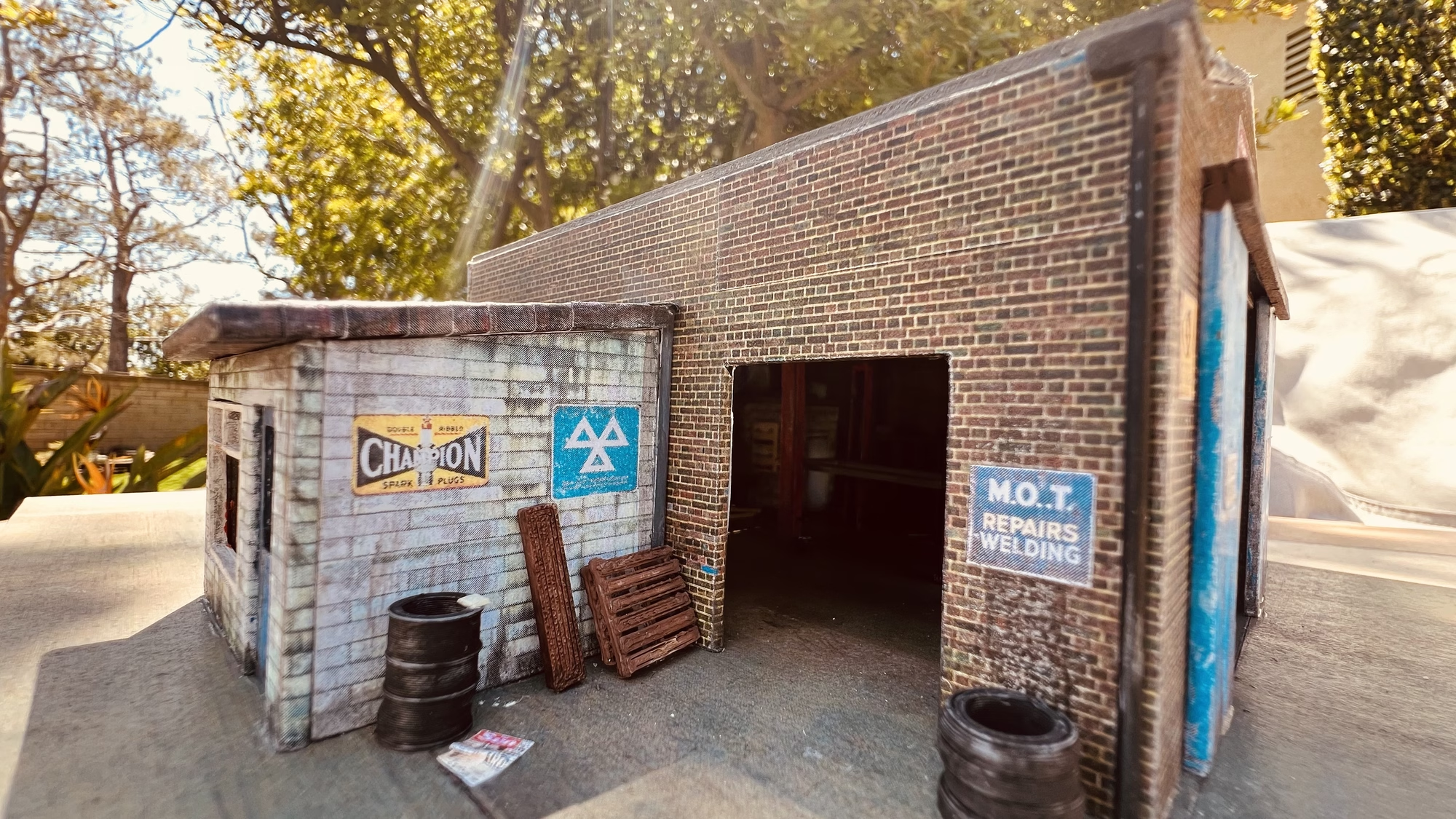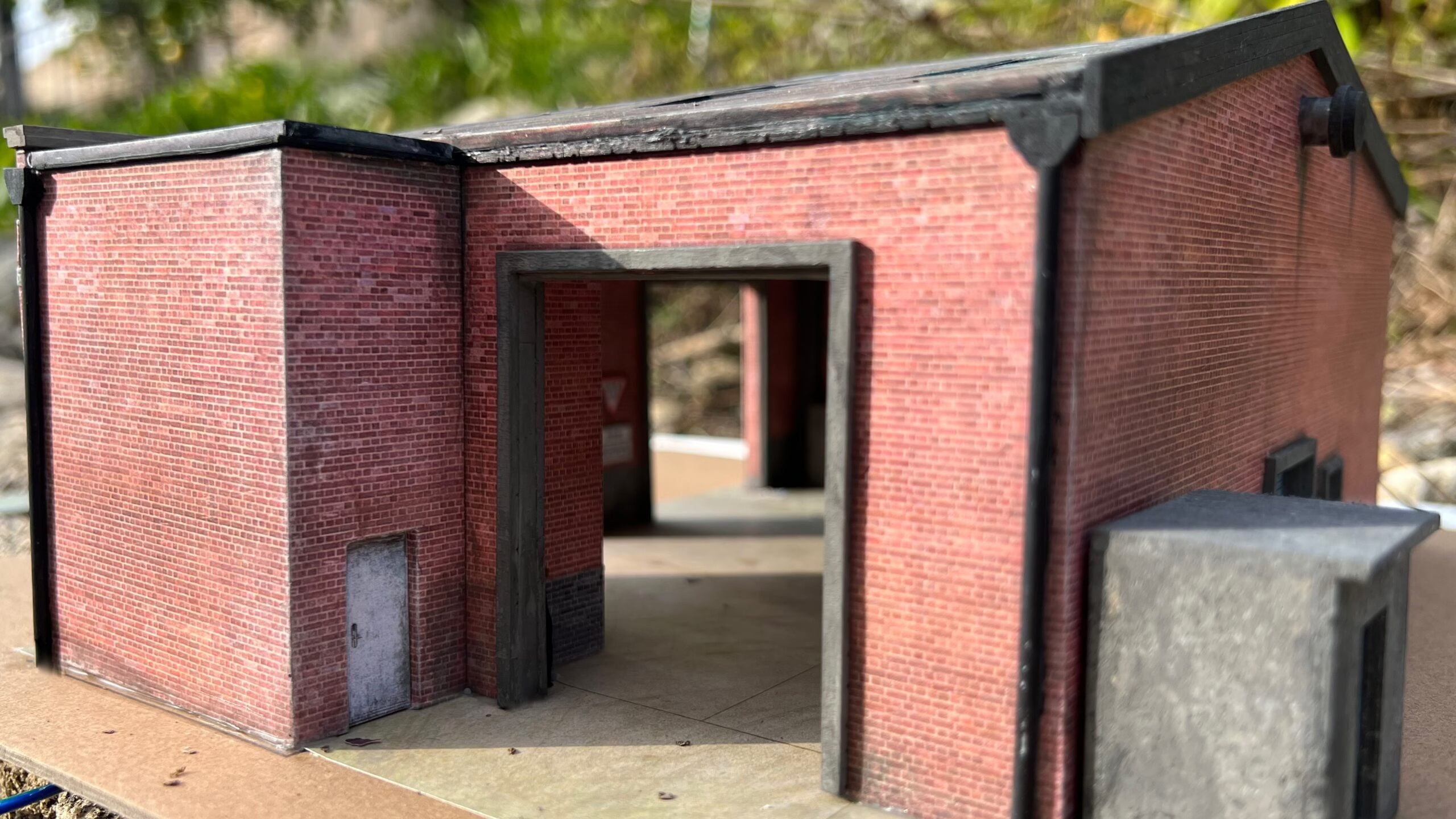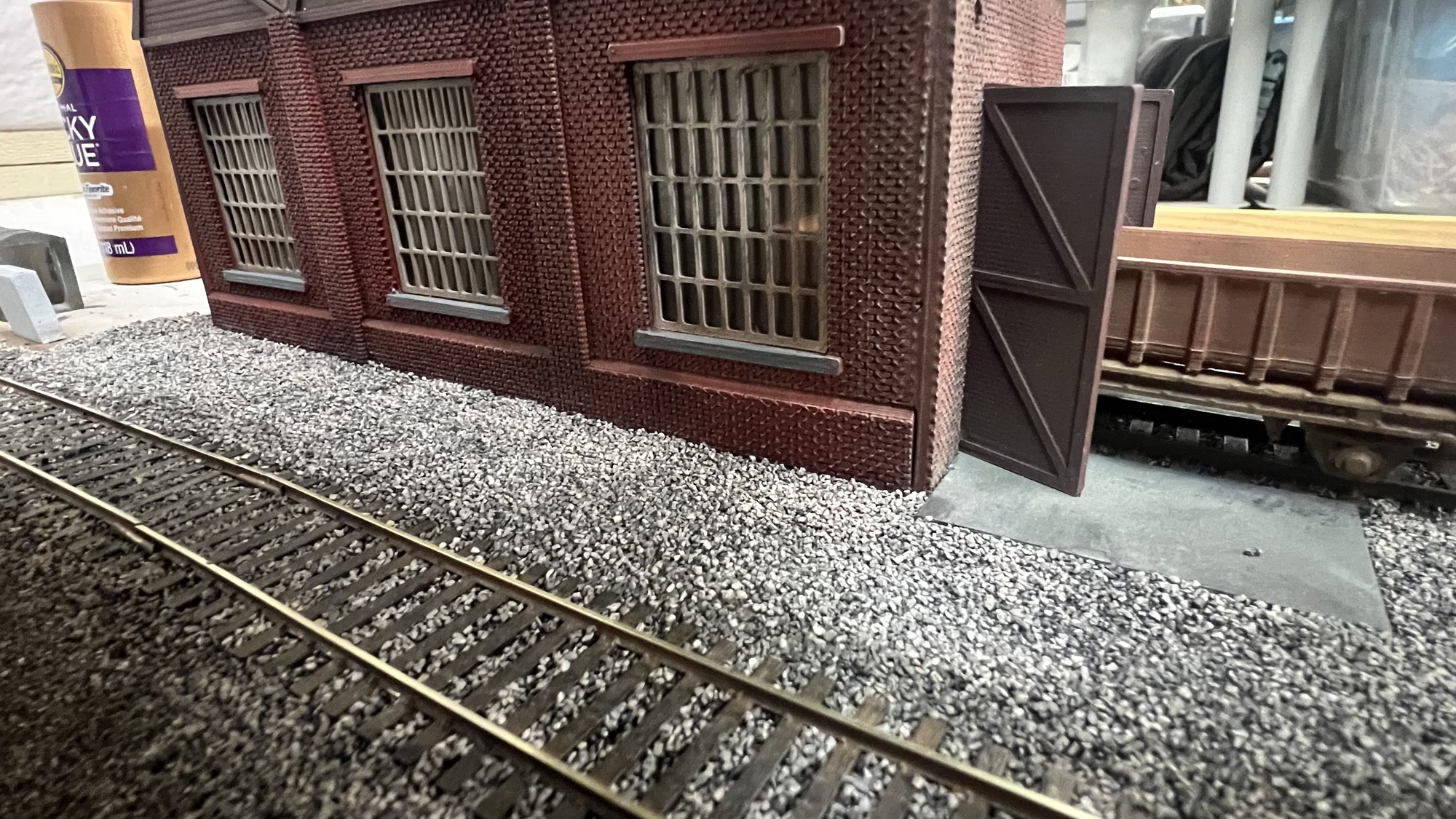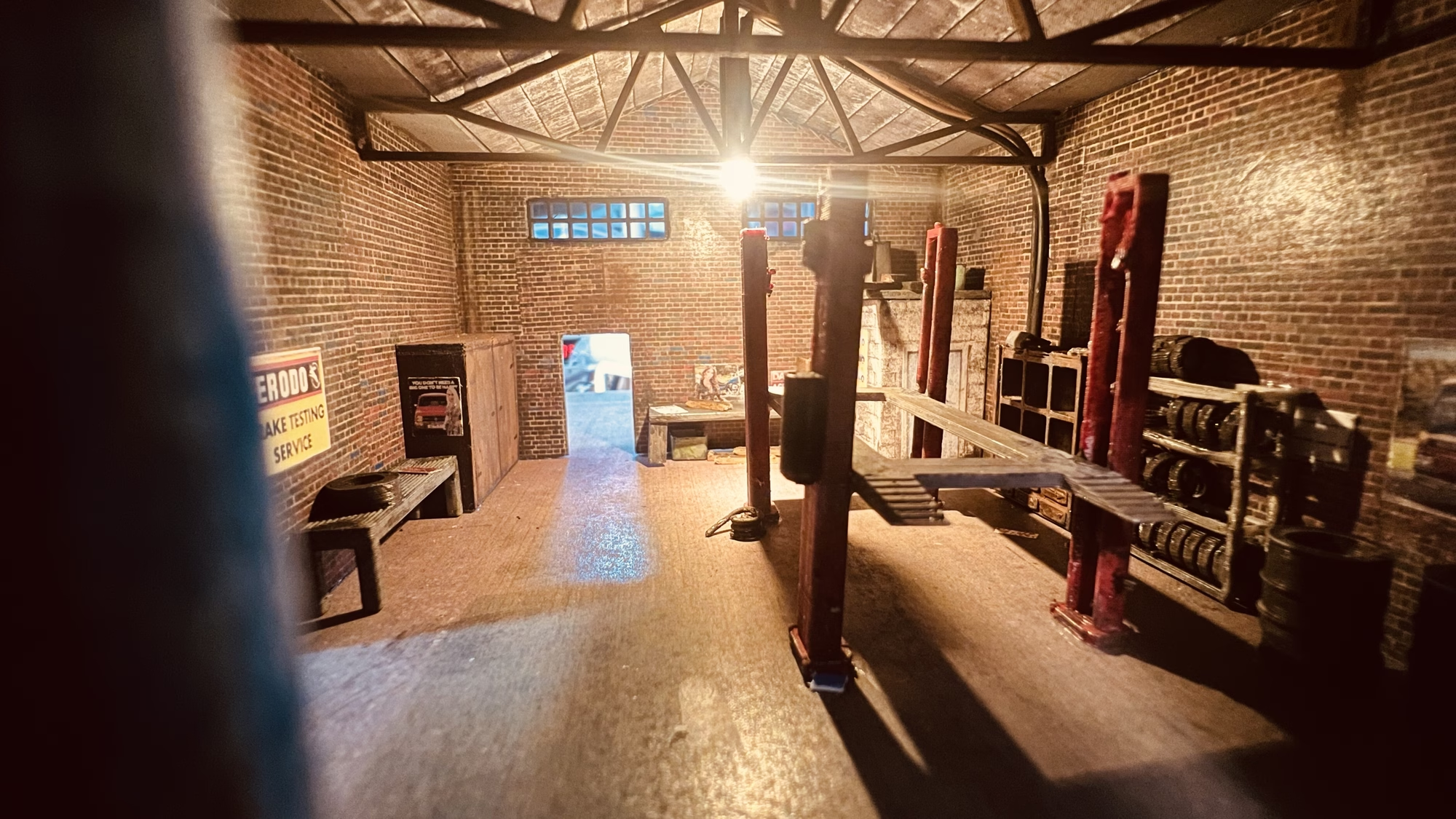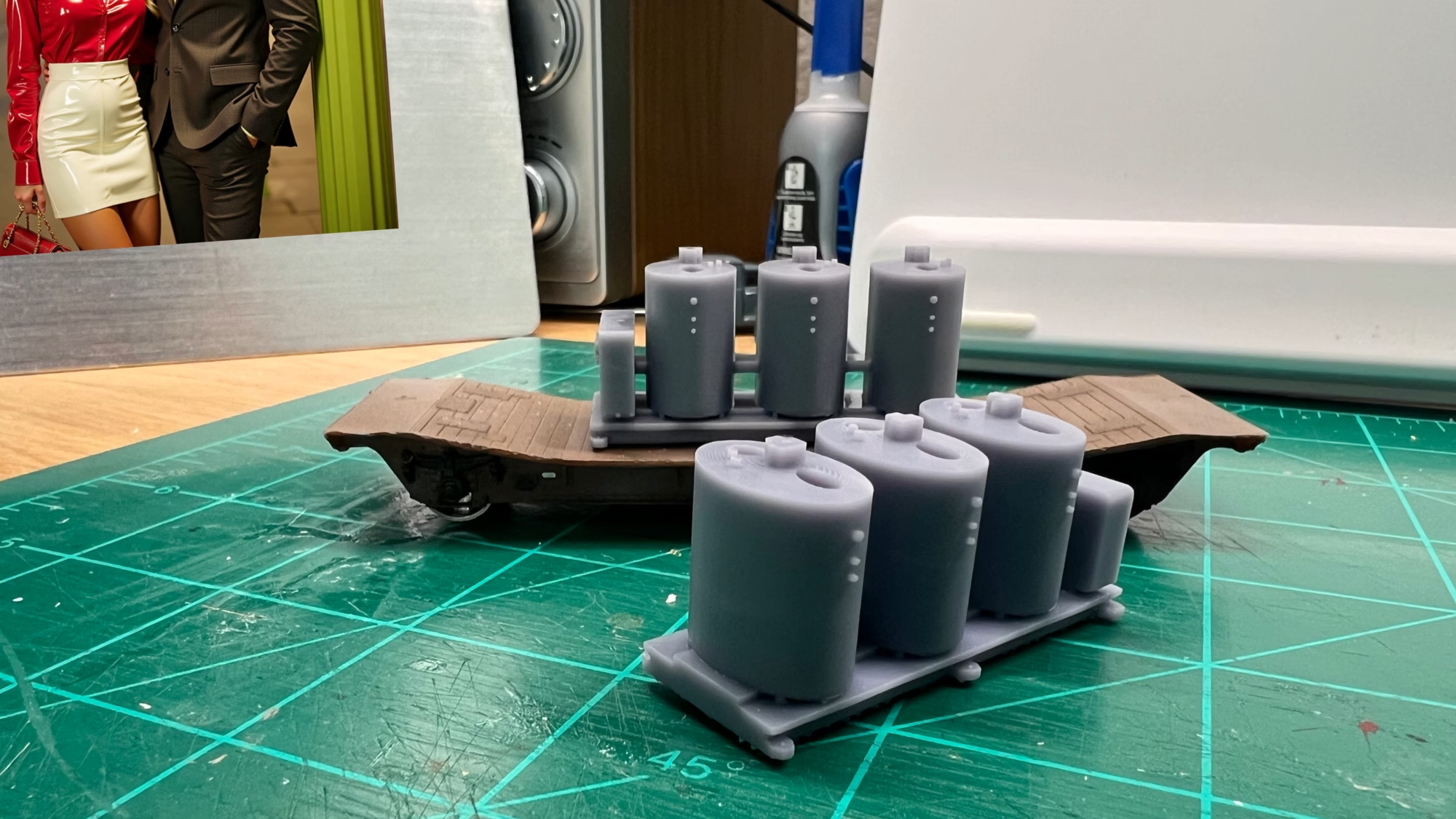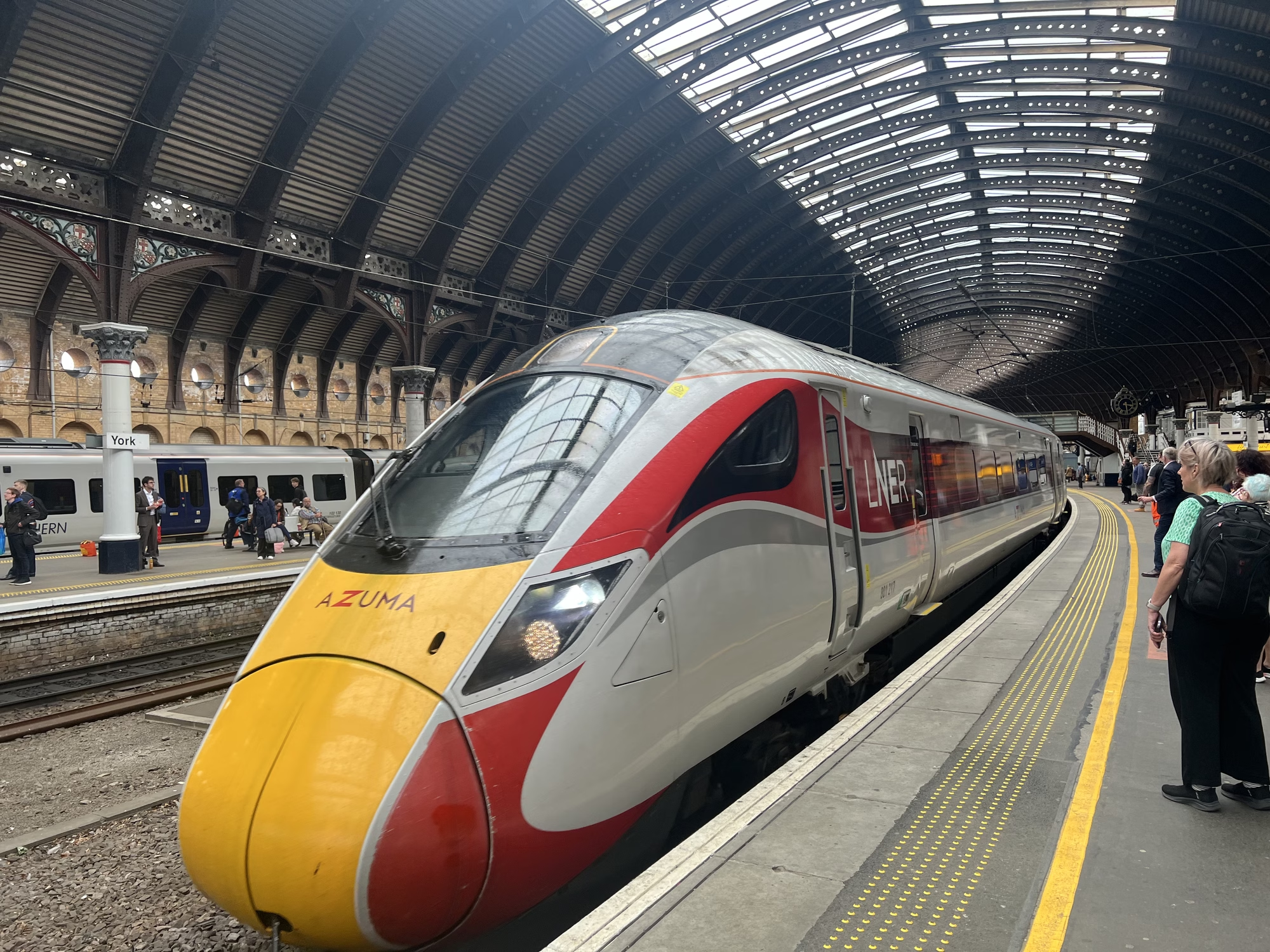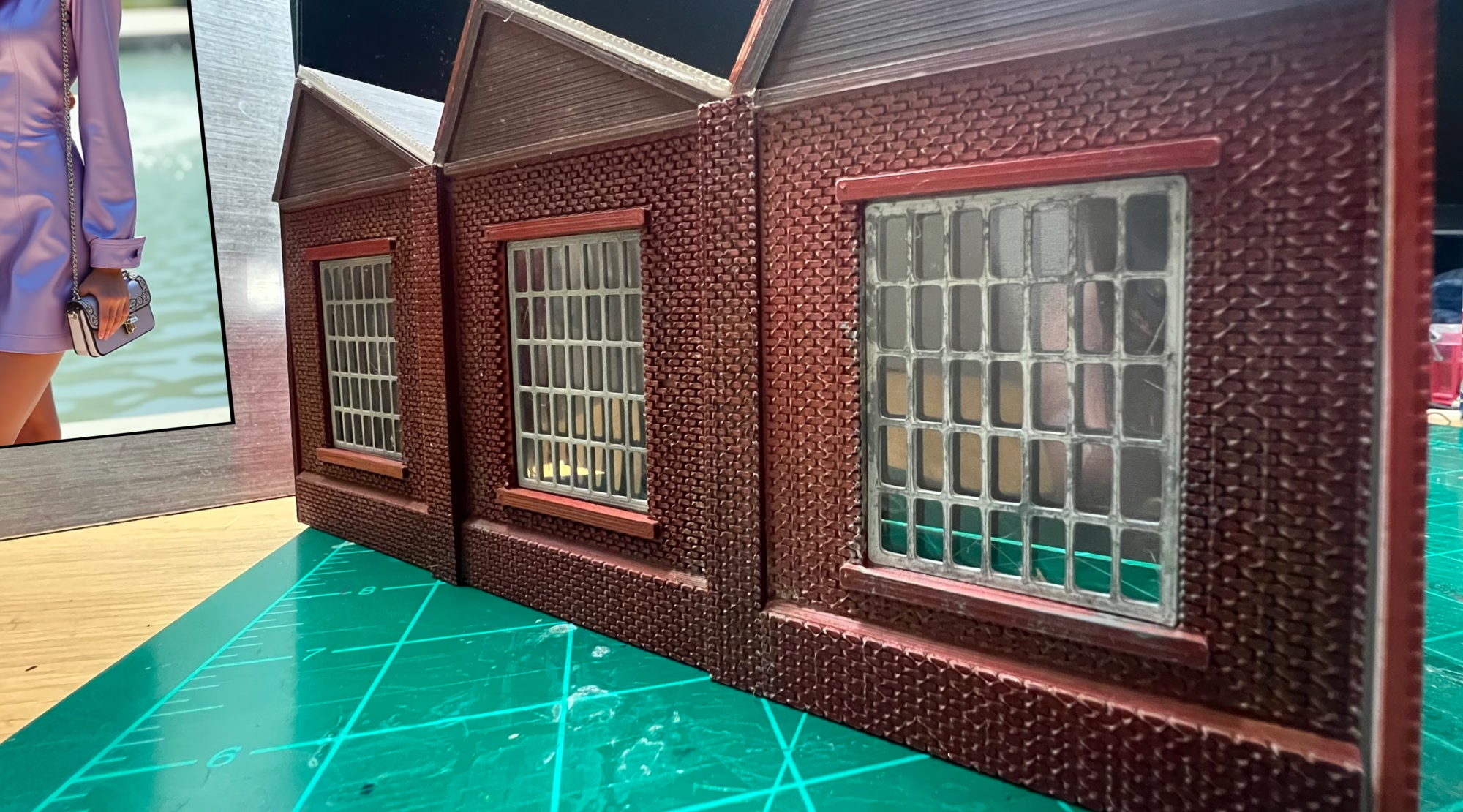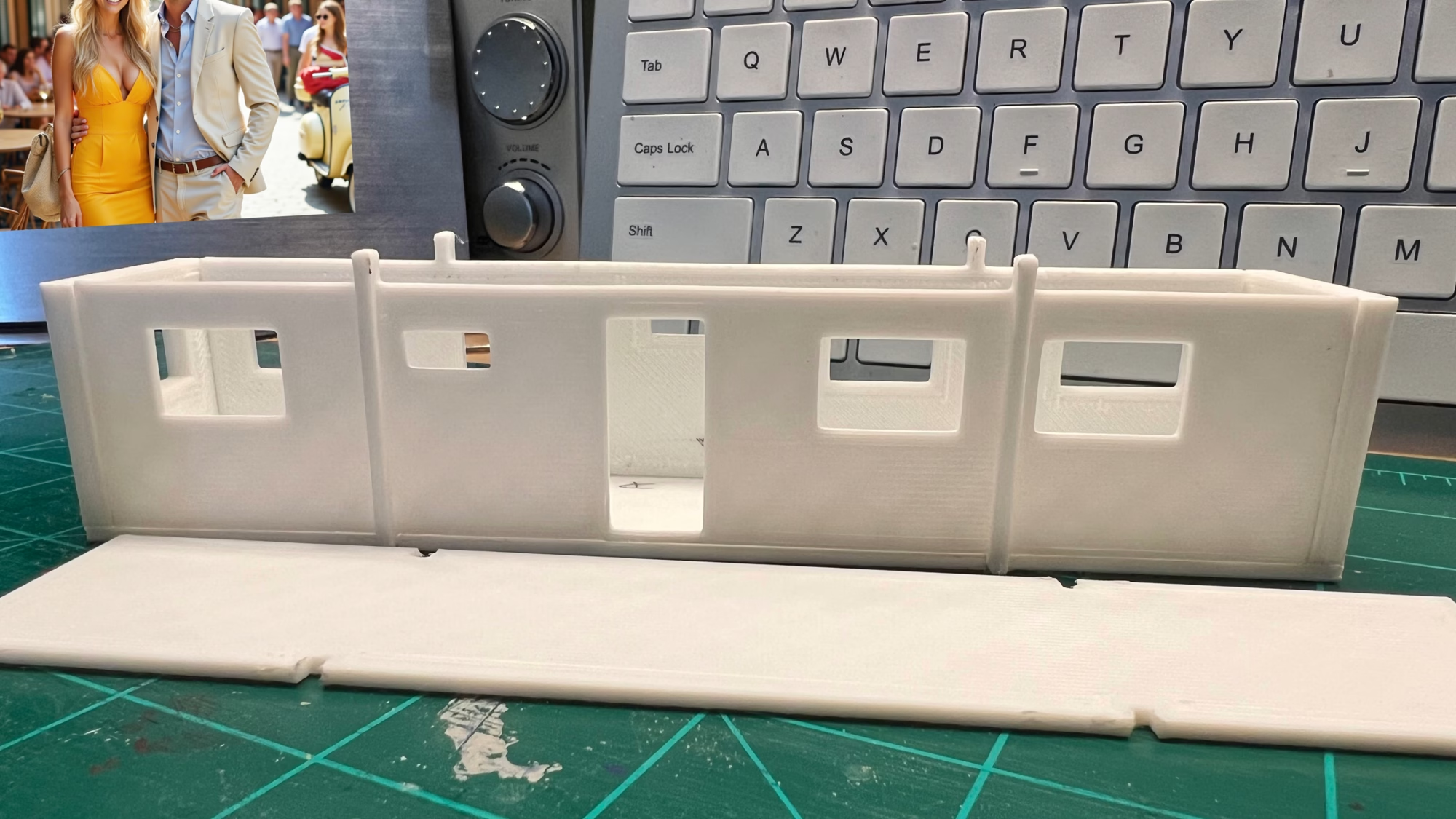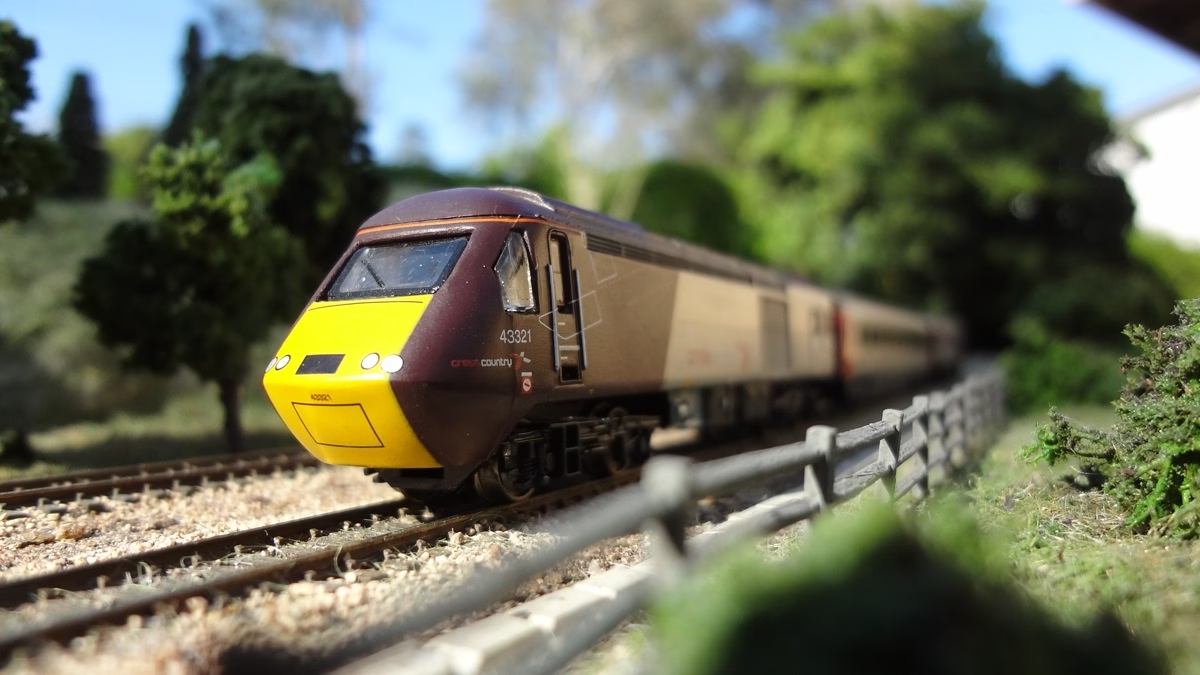How Do You Plan a Model Railroad?
Planning a model railroad is an exciting adventure that combines creativity, engineering, and a bit of imagination. Whether you’re a seasoned hobbyist or a newcomer, having a solid plan is essential to building a successful layout. Let’s explore the steps to help you plan your dream model railroad.
Step 1: Define Your Goals and Resources
Before you start sketching track plans, take a moment to define your goals and assess your resources. Consider the following:
- Space: Measure the area where you plan to build your layout. This will determine the scale and complexity of your design.
- Budget: Set a budget for your project. This will help you make informed decisions about materials and components.
- Time: Consider how much time you can dedicate to your hobby. A larger, more detailed layout will require more time to build and maintain.
Step 2: Choose Your Scale
Selecting the right scale is crucial. The most popular scales include:
- HO Scale (1:87): The most popular scale, offering a balance between detail and space requirements.
- N Scale (1:160): Smaller than HO, ideal for limited spaces.
- O Scale (1:48): Larger and more detailed, but requires more space.
- G Scale (1:22.5): Perfect for outdoor layouts.
Step 3: Decide on a Theme
Your theme will guide the overall look and feel of your layout. Some popular themes include:
- Urban: Busy cityscapes with skyscrapers, streets, and bustling activity.
- Rural: Countryside scenes with farms, fields, and small towns.
- Industrial: Factories, warehouses, and rail yards.
- Historical: Recreating a specific era or famous railway line.
Step 4: Plan Your Track Layout
Designing your track layout is one of the most enjoyable parts of planning. Here are some tips:
- Start Simple: Begin with a basic loop or figure-eight and expand as you gain experience.
- Incorporate Variety: Include straight sections, curves, and switches to make your layout more interesting.
- Consider Operations: Think about how trains will move around your layout. Include sidings, yards, and stations for added realism3.
Step 5: Build Your Benchwork
The benchwork is the foundation of your model railroad. It needs to be sturdy and level. Common materials include plywood and lumber. Ensure your benchwork can support the weight of your layout and is accessible for maintenance.
Step 6: Lay the Track
Once your benchwork is ready, it’s time to lay the track. Here are some tips:
- Use a Track Plan: Follow your track plan carefully to ensure accuracy.
- Secure the Track: Use track nails or adhesive to secure the track to the benchwork.
- Test as You Go: Run a train on each section of track as you lay it to ensure smooth operation4.
Step 7: Add Scenery and Details
Scenery brings your layout to life. Start with the basics like ground cover, trees, and buildings. Gradually add details such as people, vehicles, and weathering effects to enhance realism.
Step 8: Wiring and Electronics
Proper wiring is essential for reliable operation. If you’re using Digital Command Control (DCC), follow the manufacturer’s instructions for installation. Ensure all connections are secure and test your wiring thoroughly.
Step 9: Enjoy and Expand
Once your layout is complete, it’s time to enjoy the fruits of your labor. Run your trains, make adjustments, and continue to expand and refine your layout. Model railroading is a journey, and there’s always something new to learn and create.
Conclusion
Planning a model railroad is a rewarding process that allows you to bring your vision to life. By defining your goals, choosing the right scale, and carefully planning each step, you can create a layout that provides endless enjoyment. So, grab your tools, unleash your creativity, and embark on the exciting adventure of model railroading!


